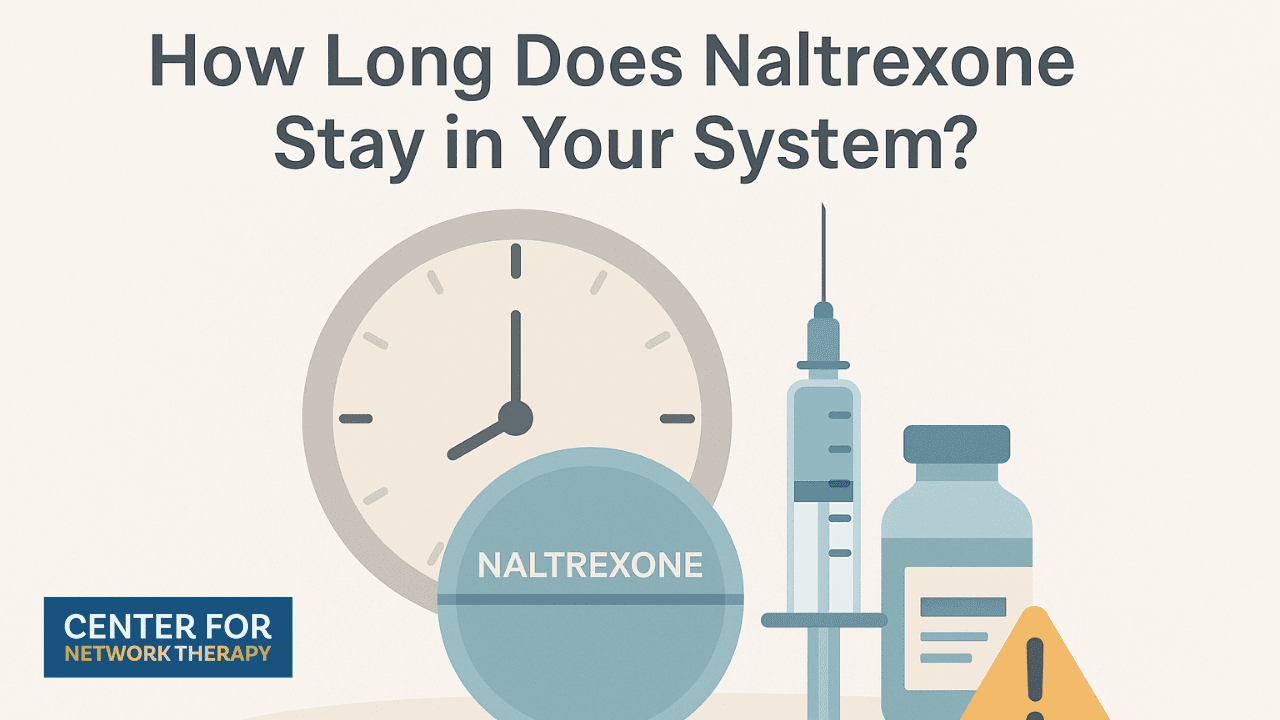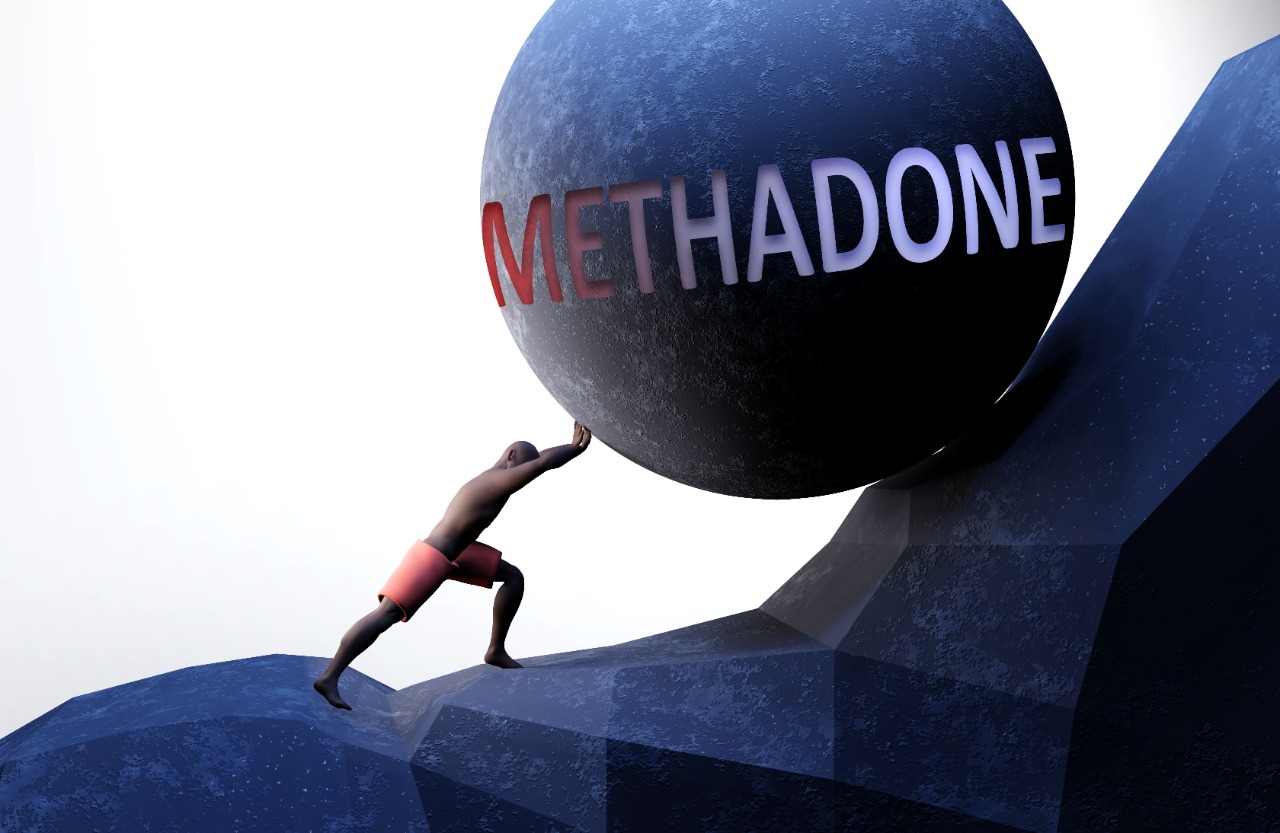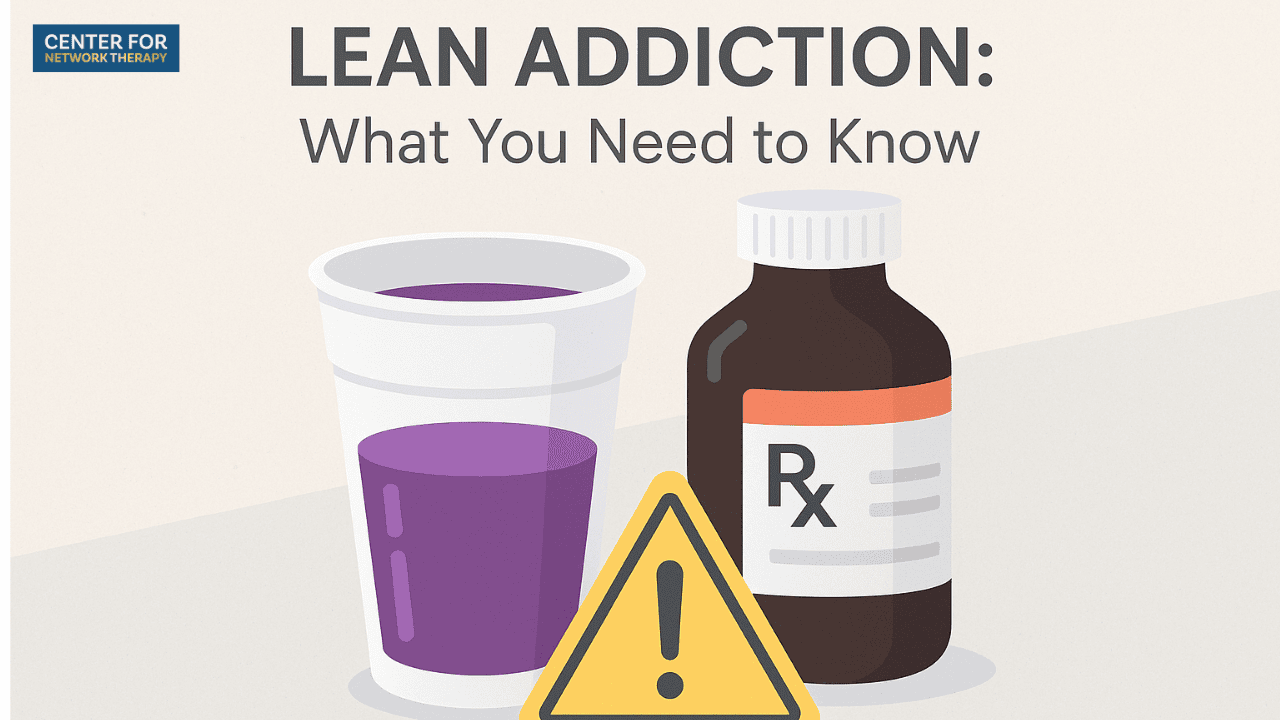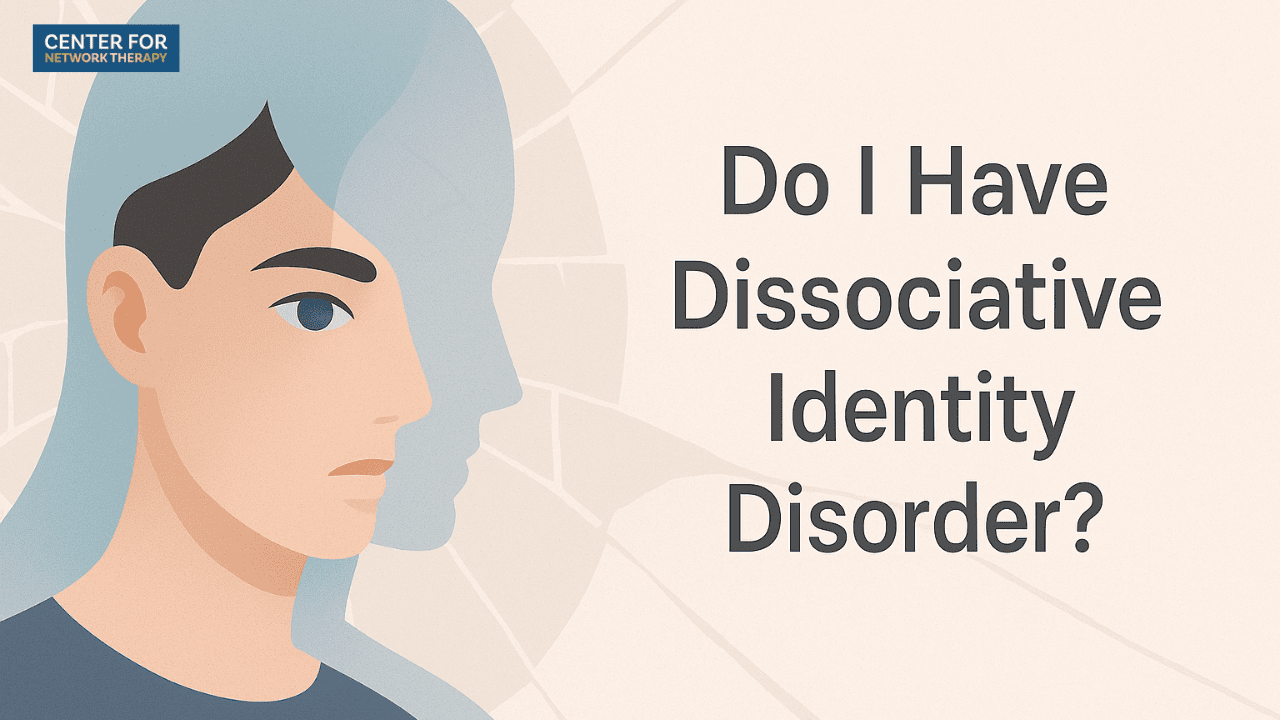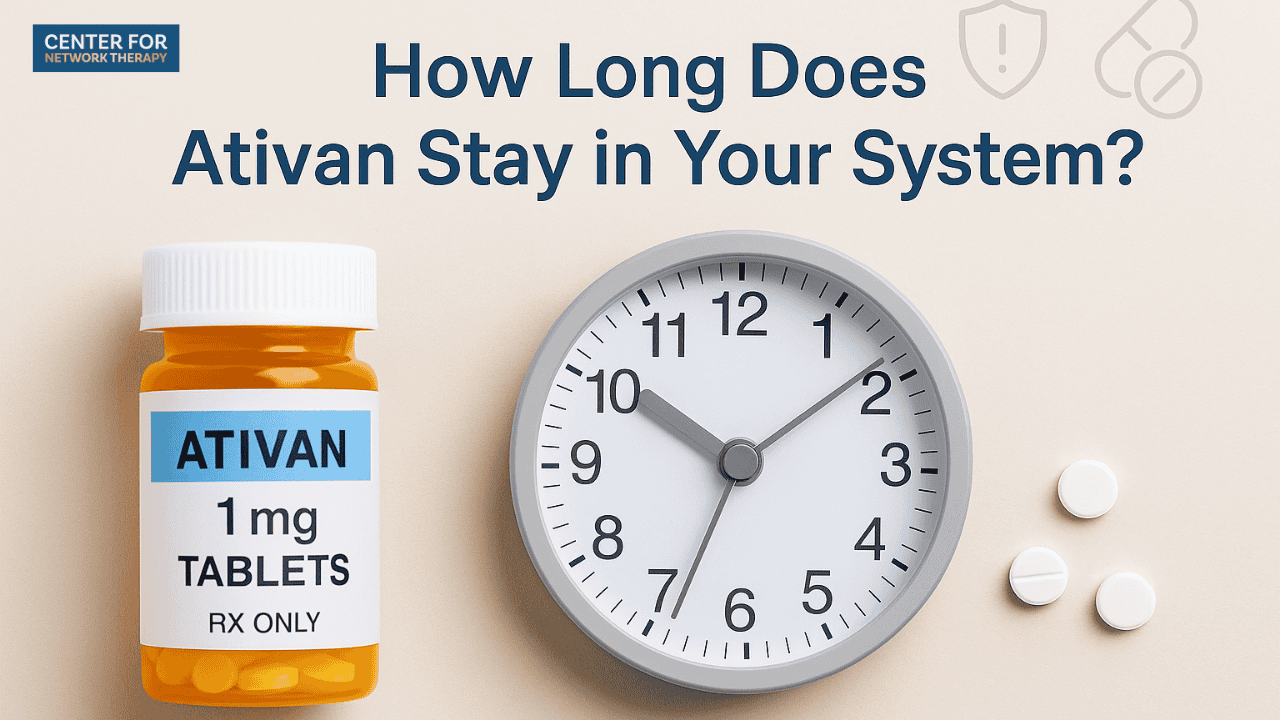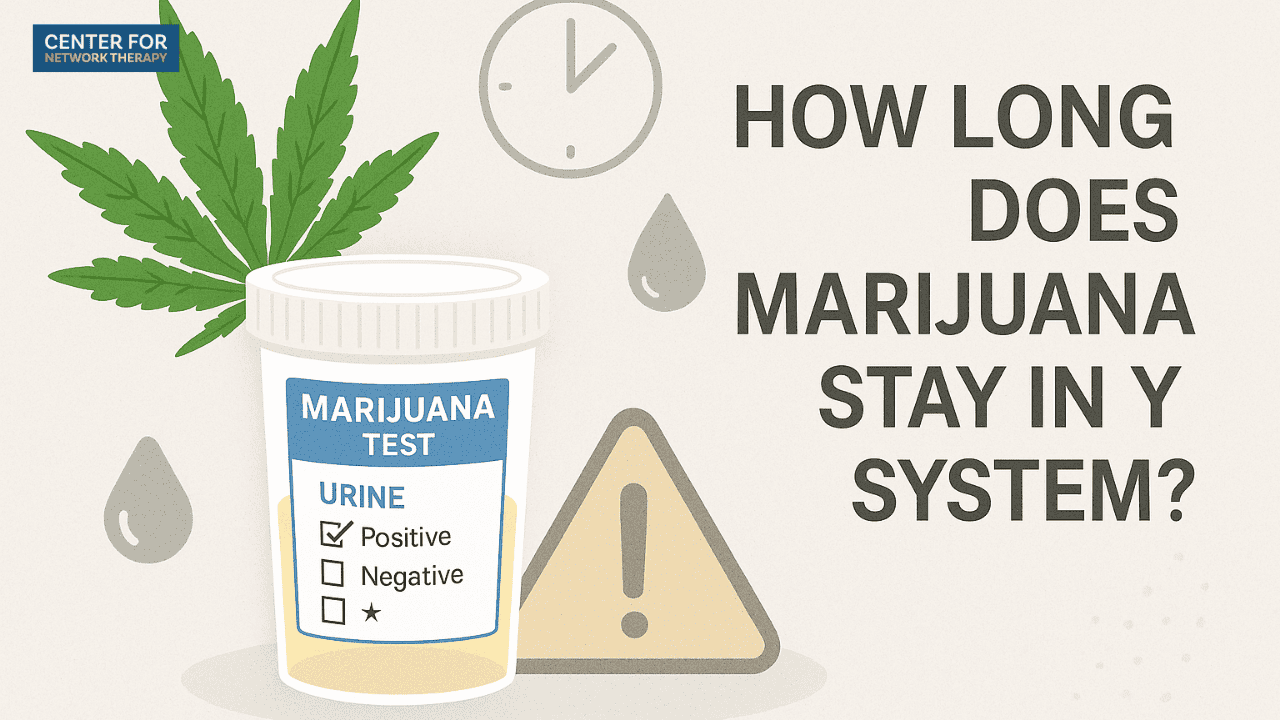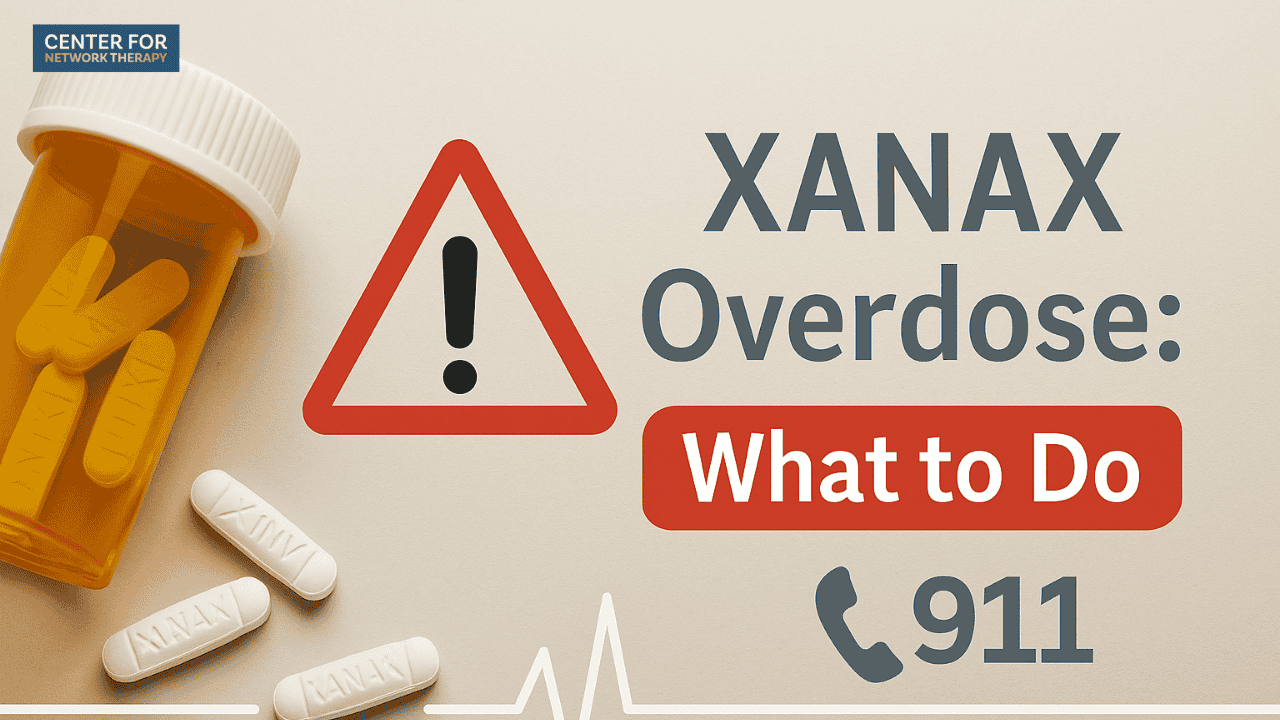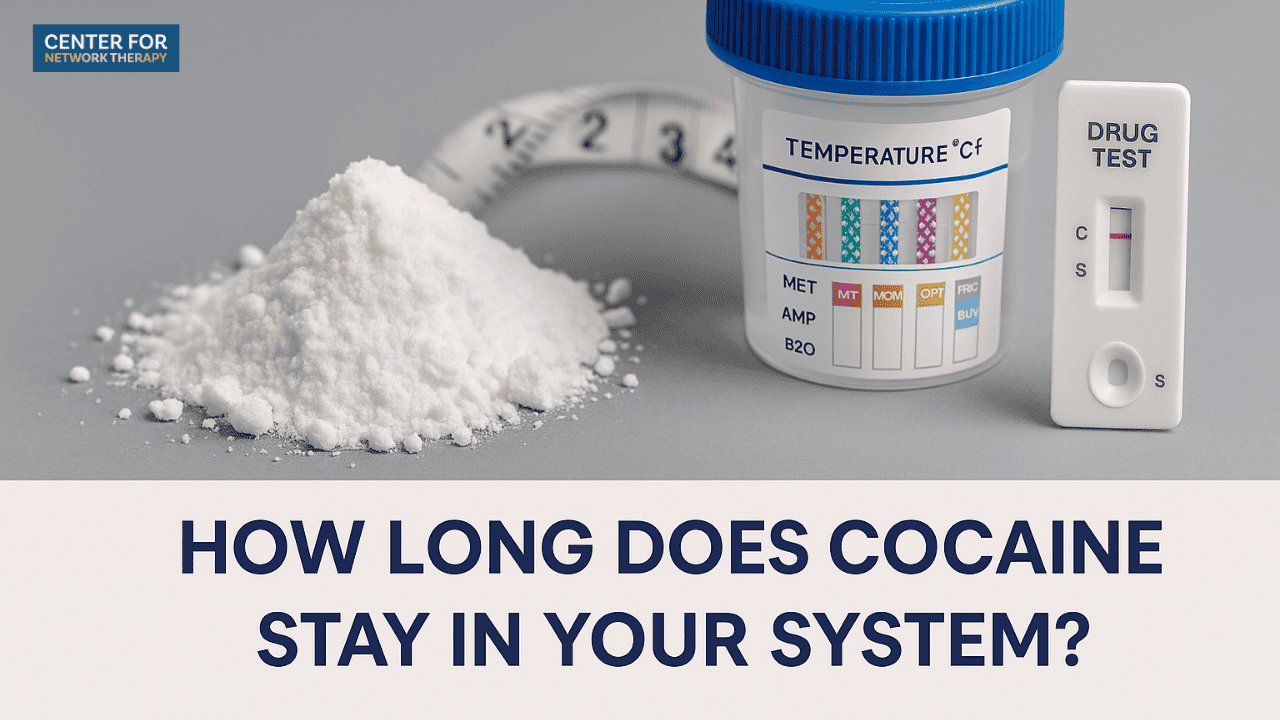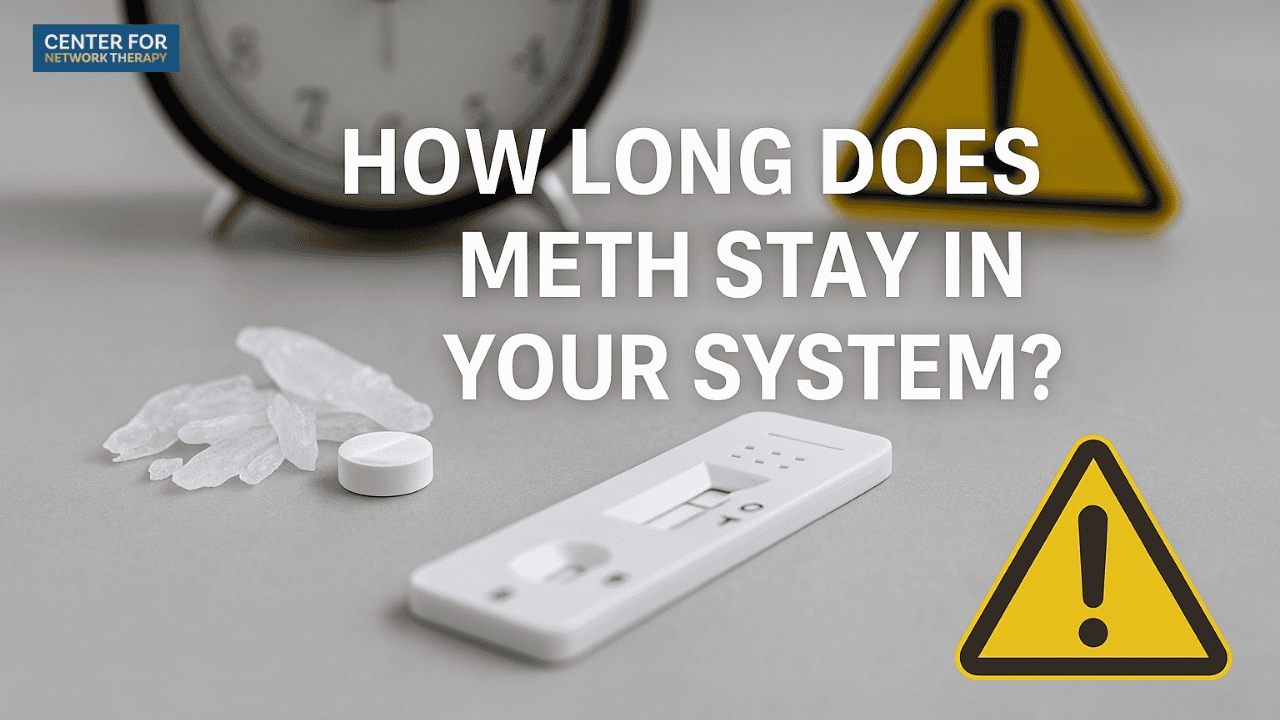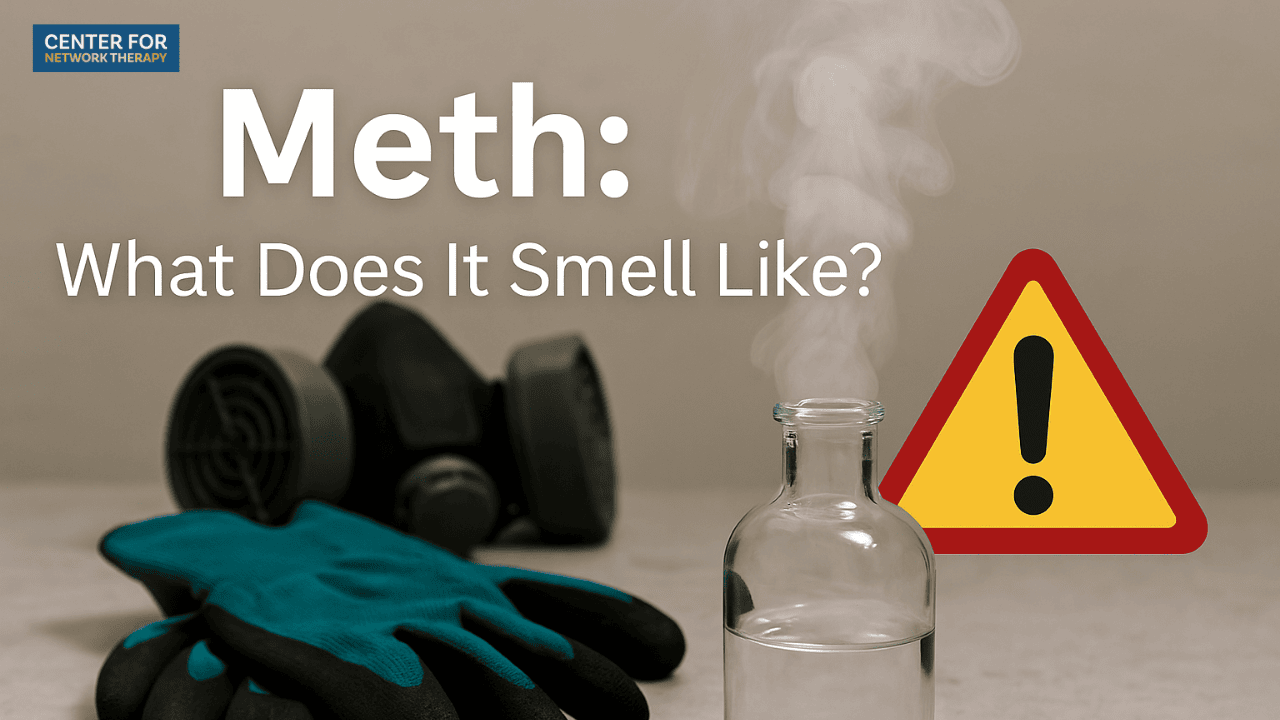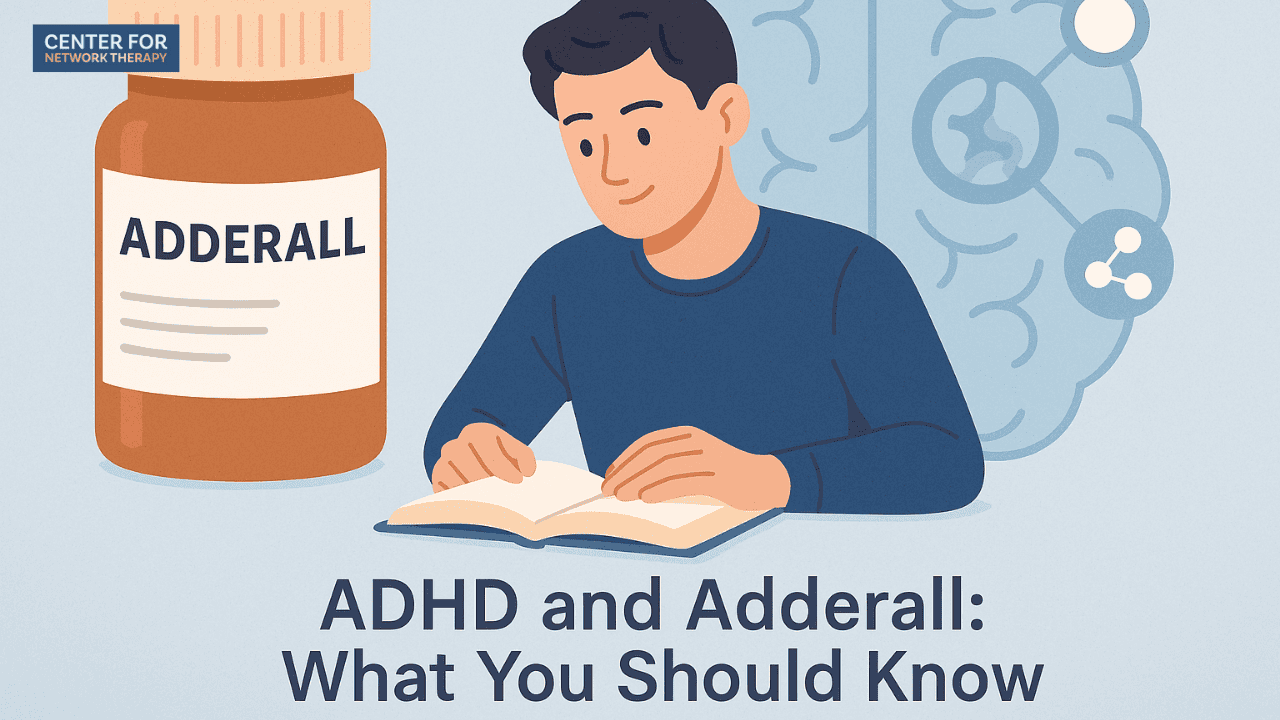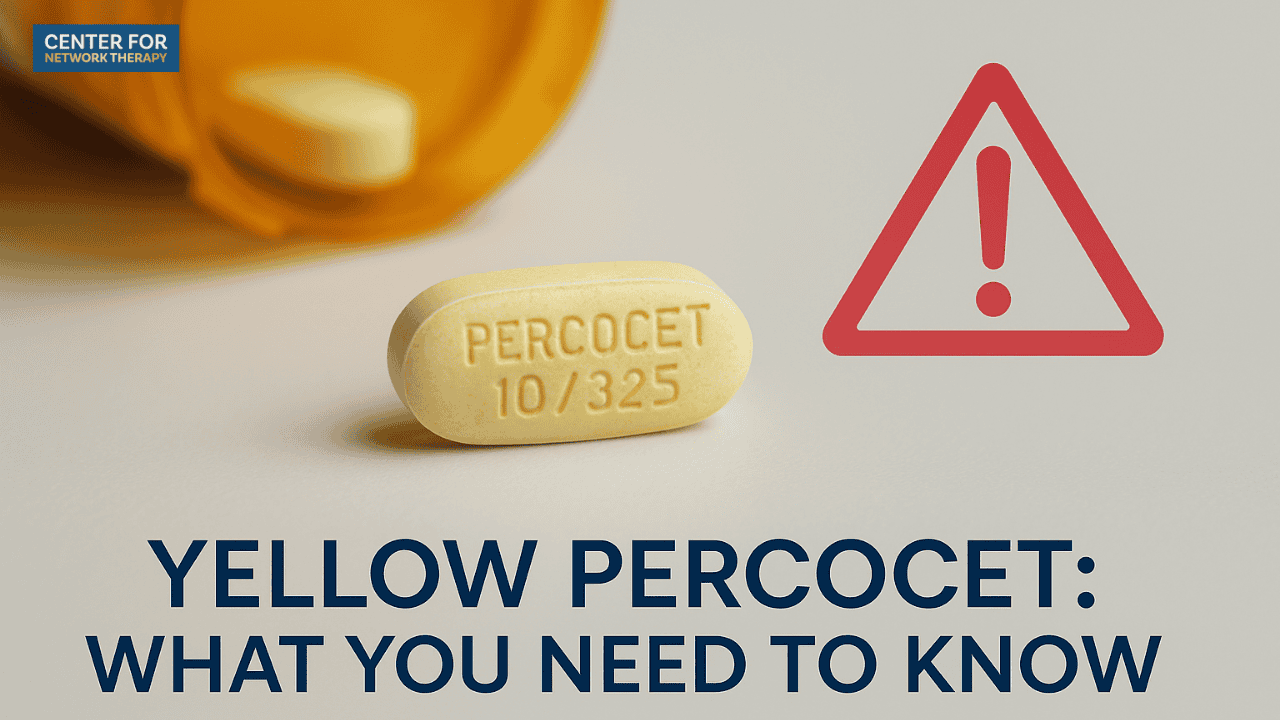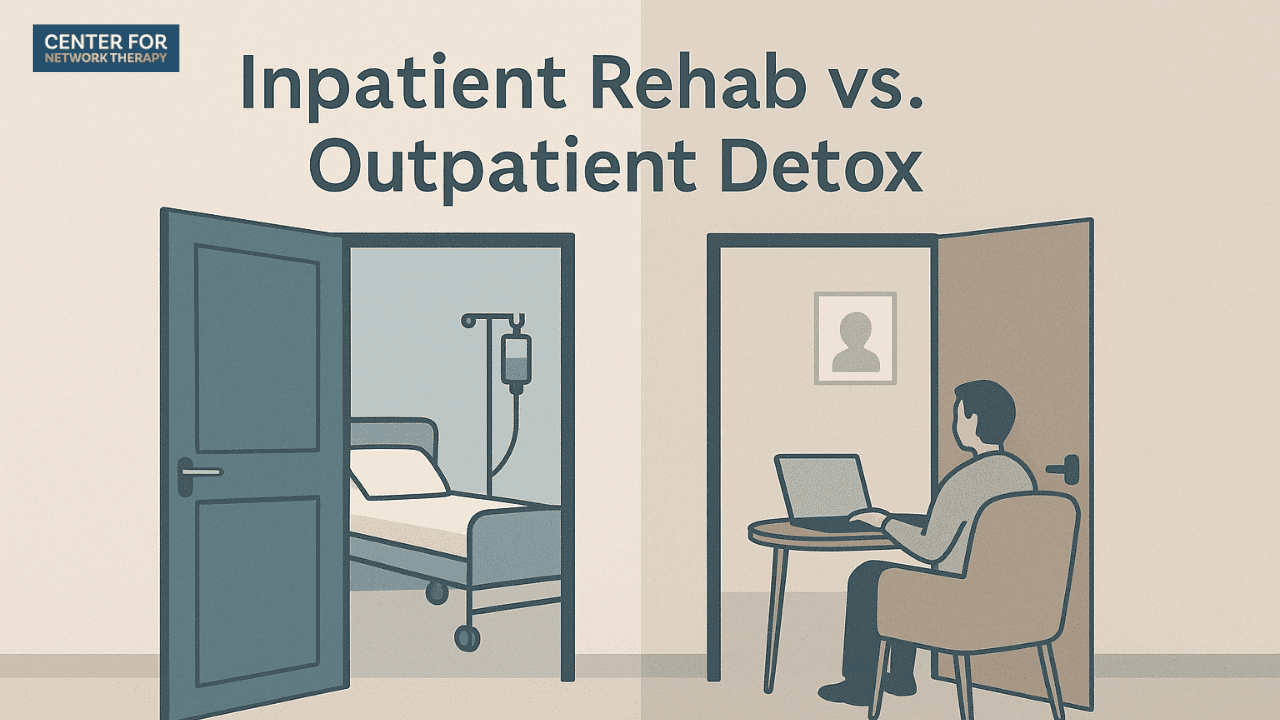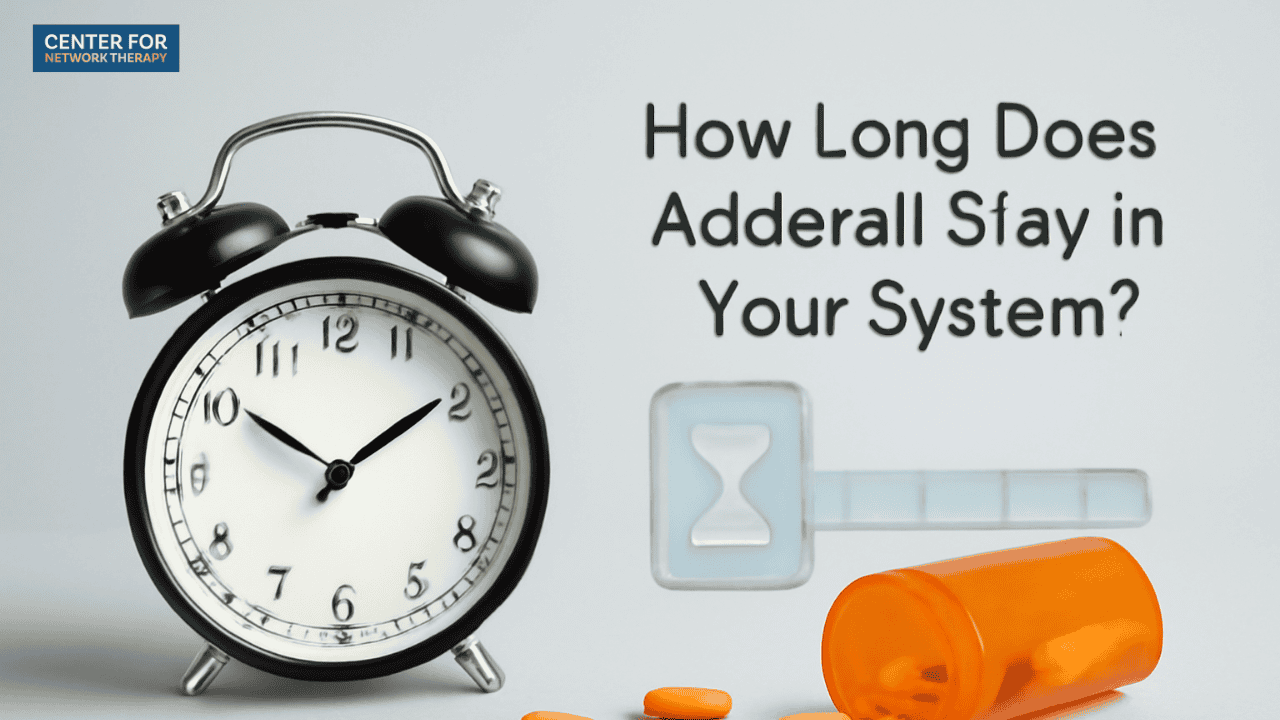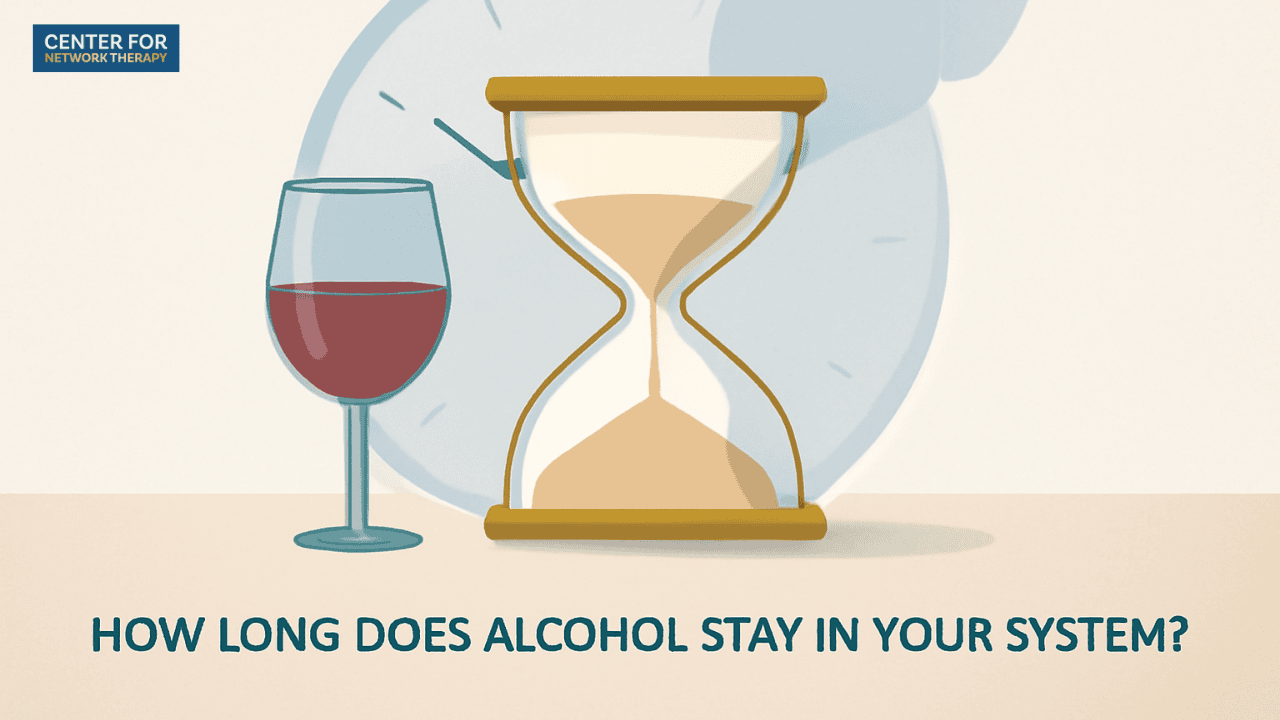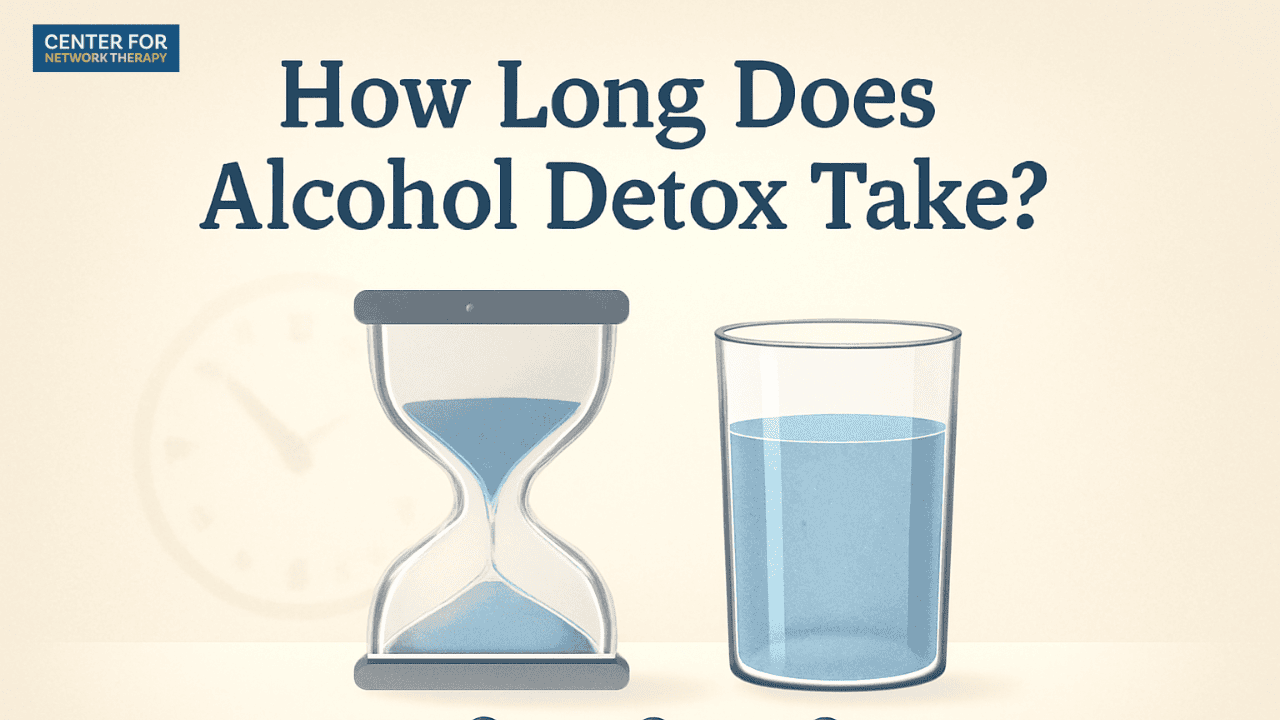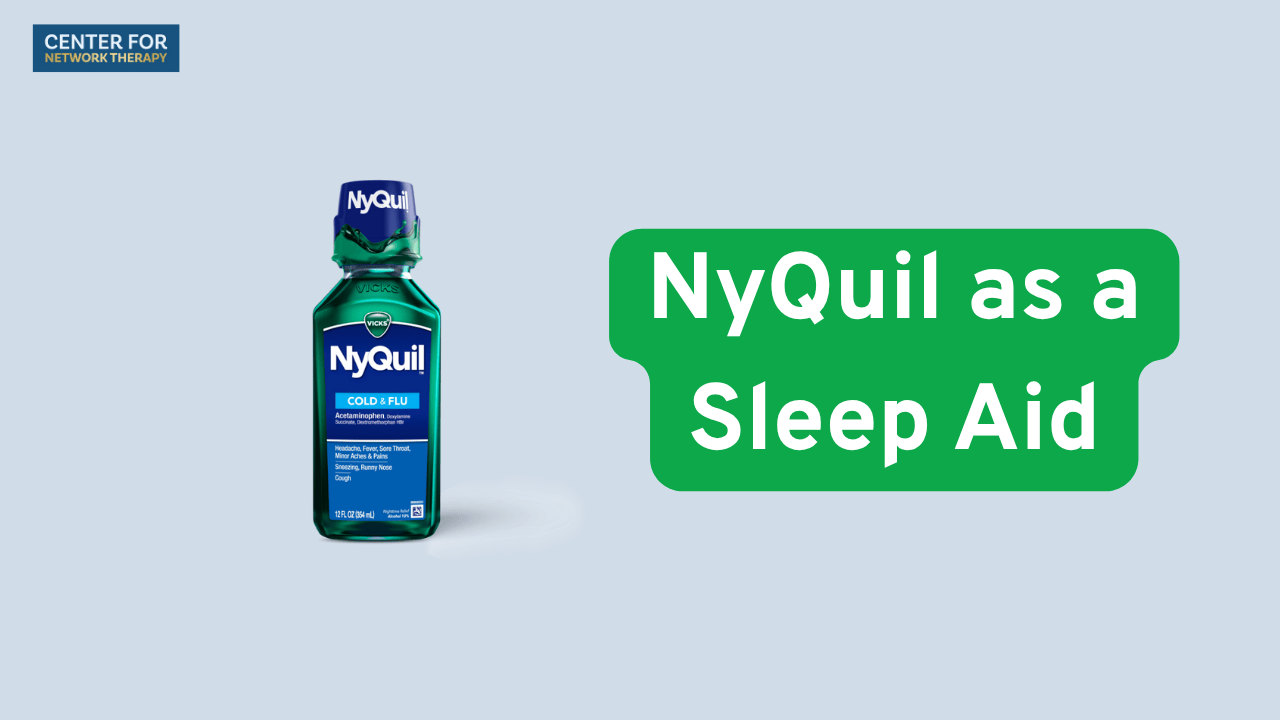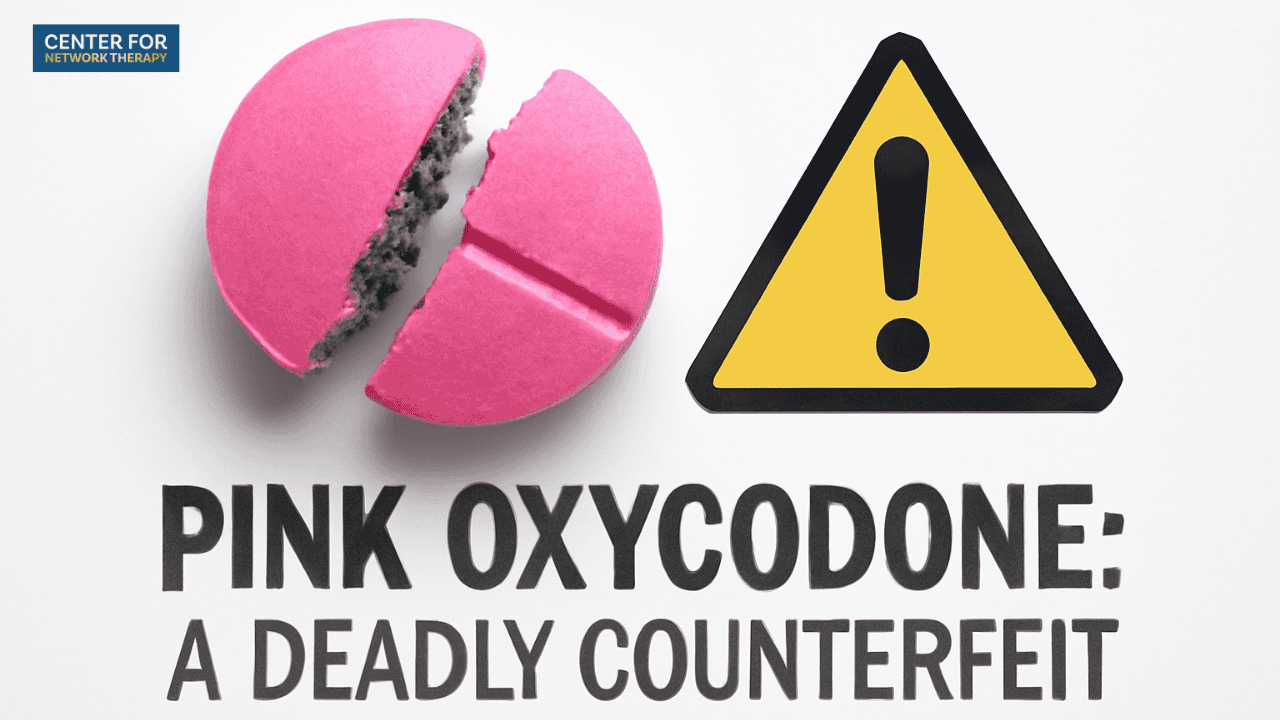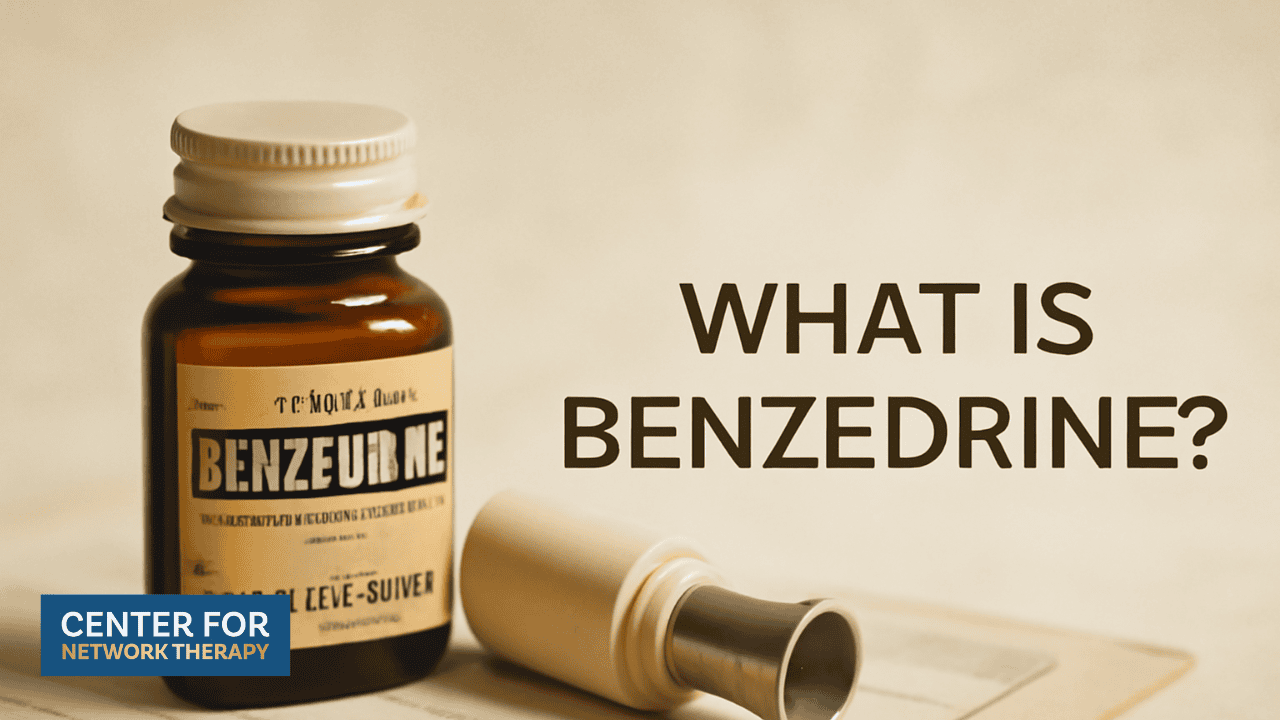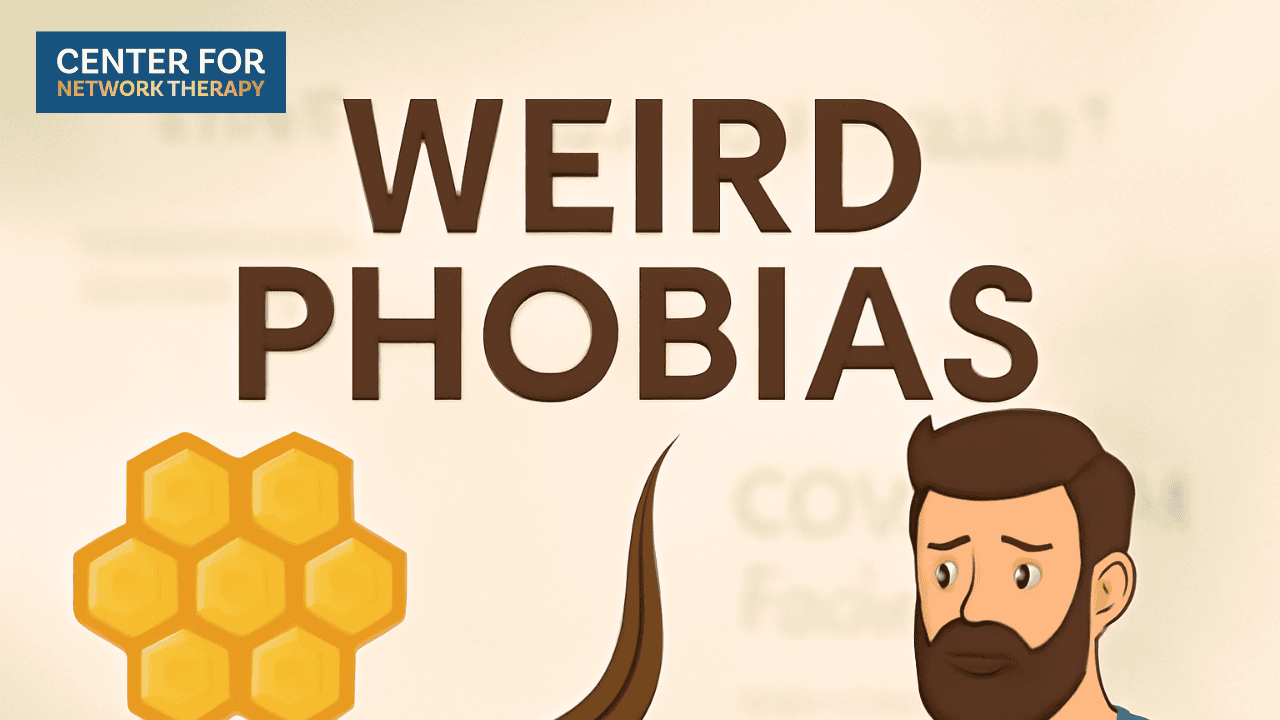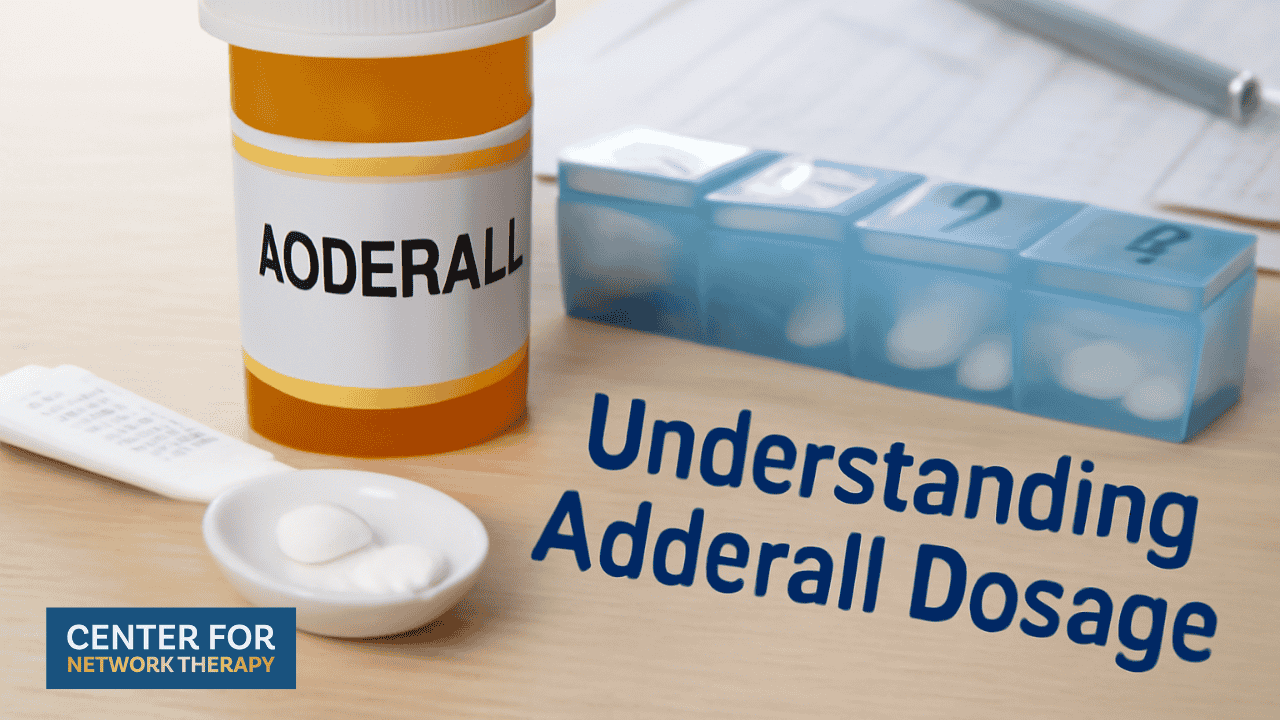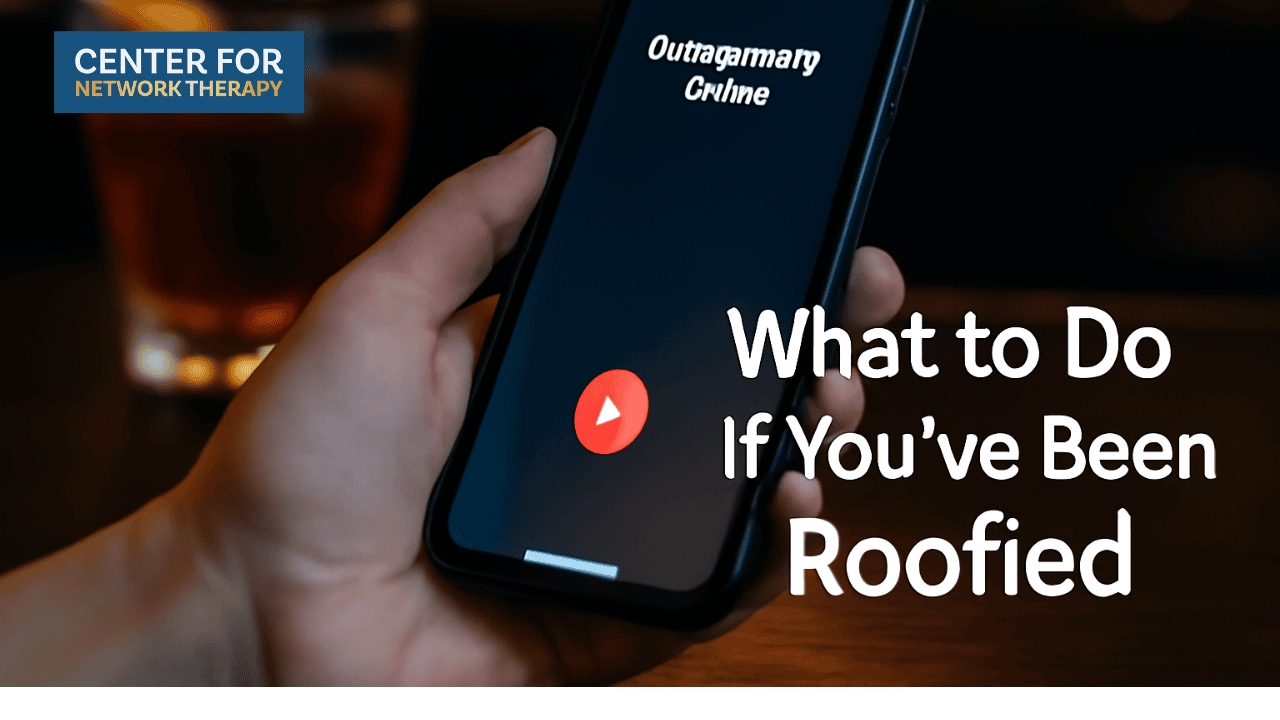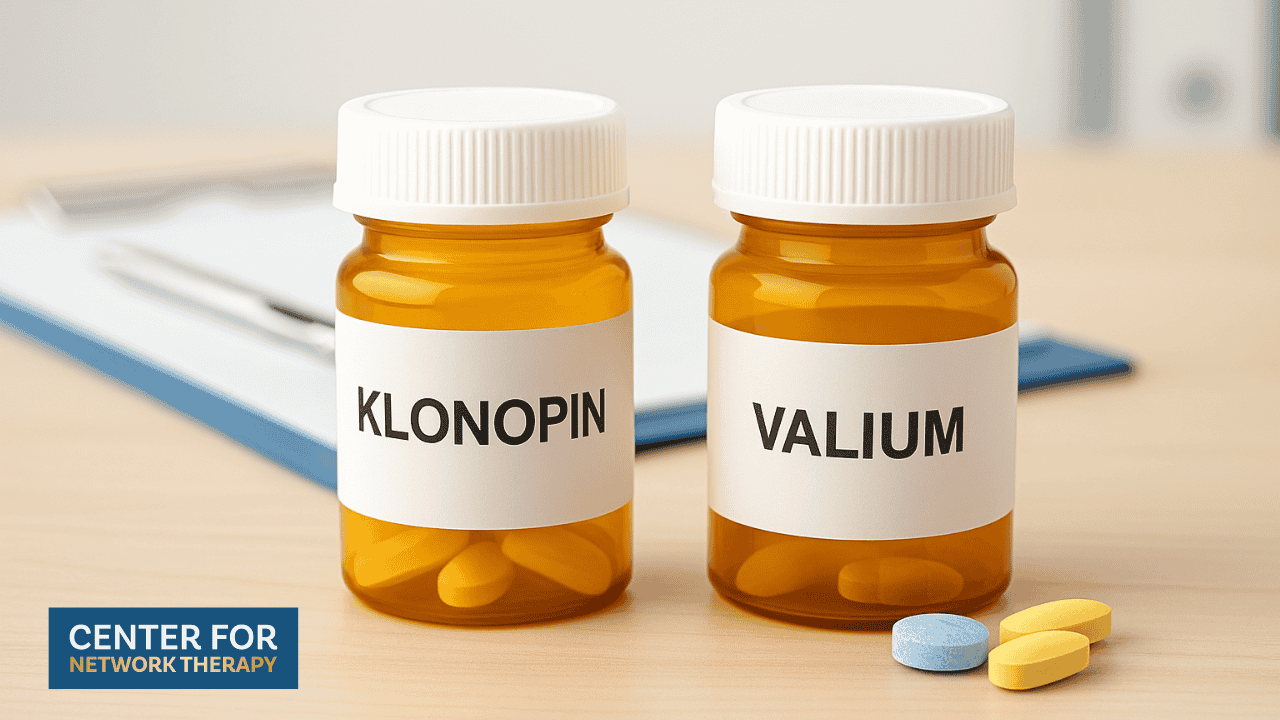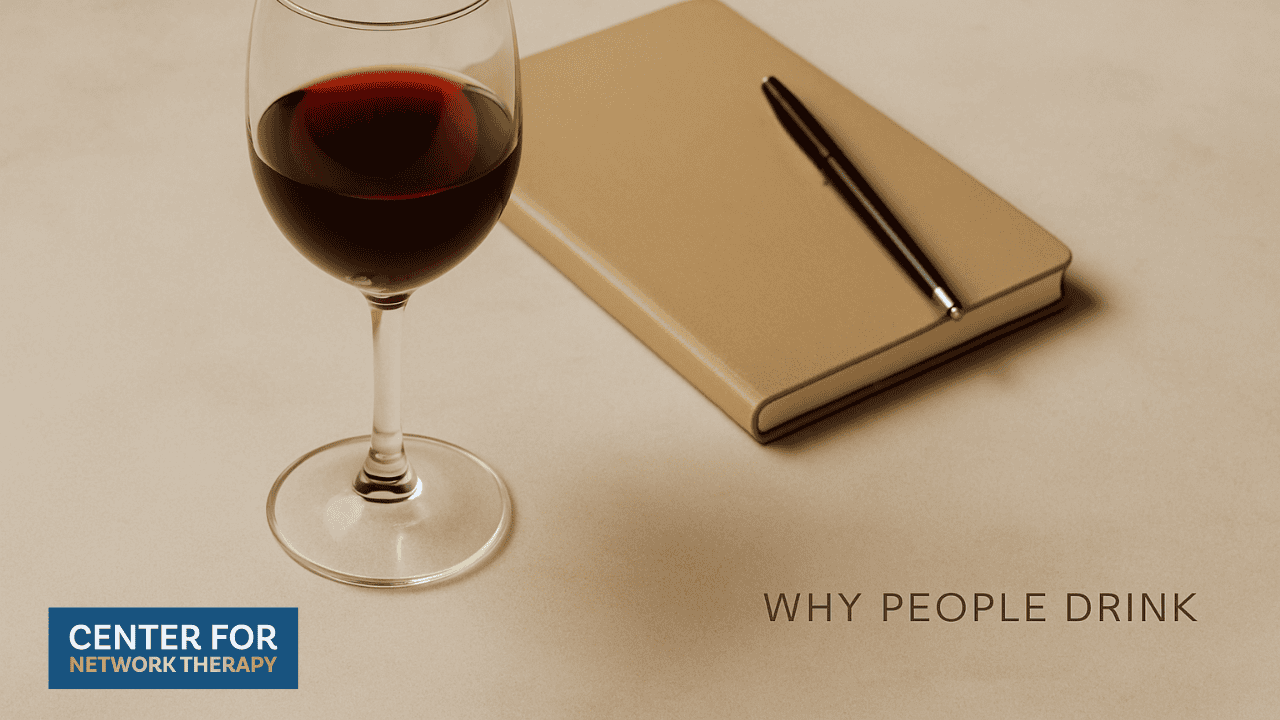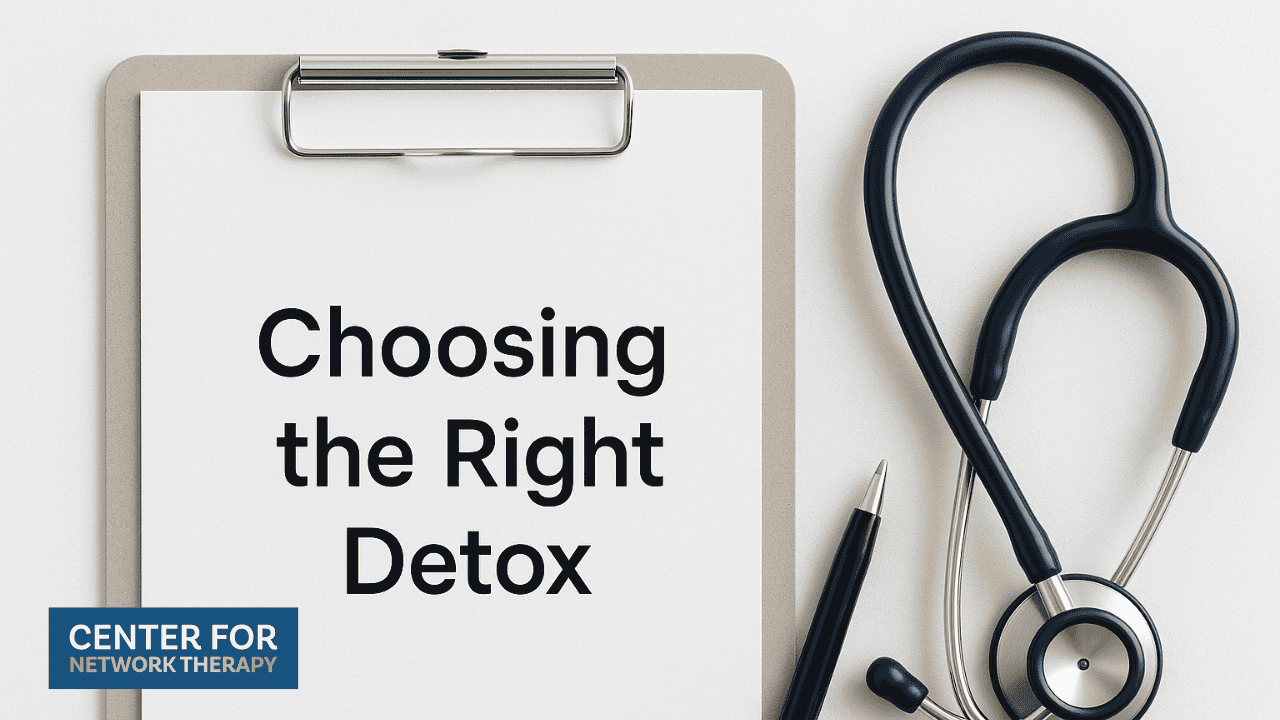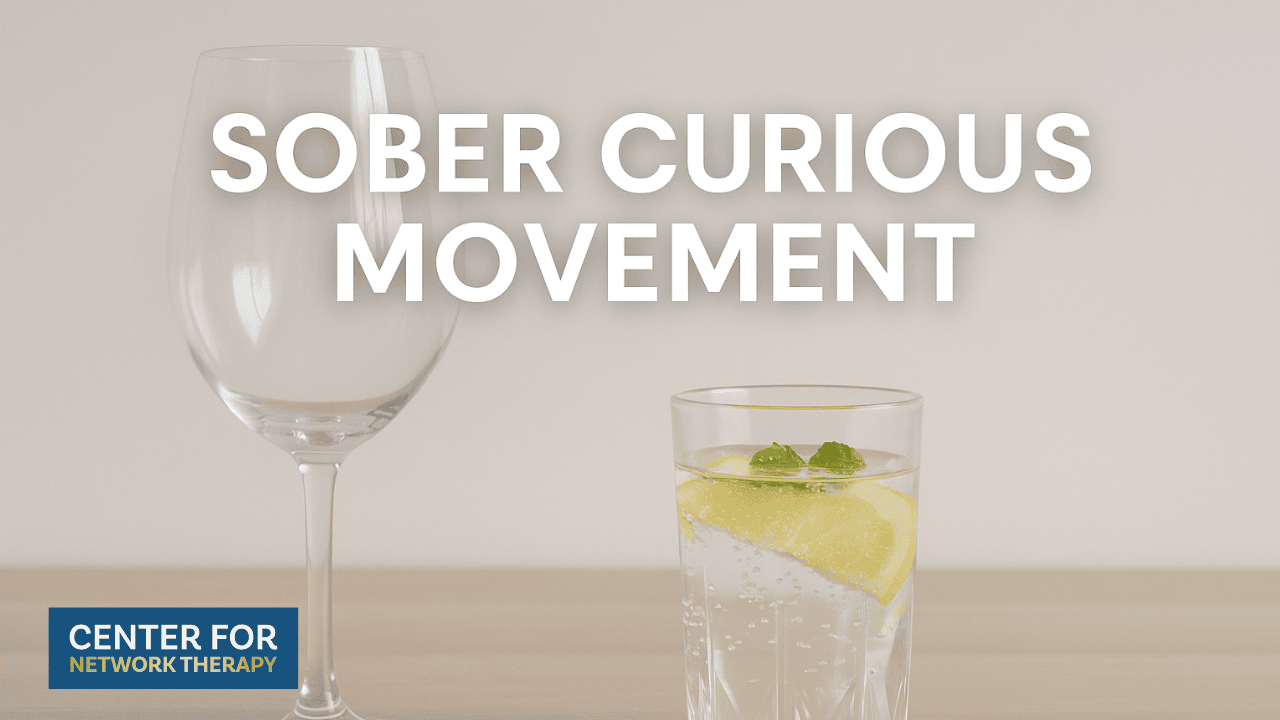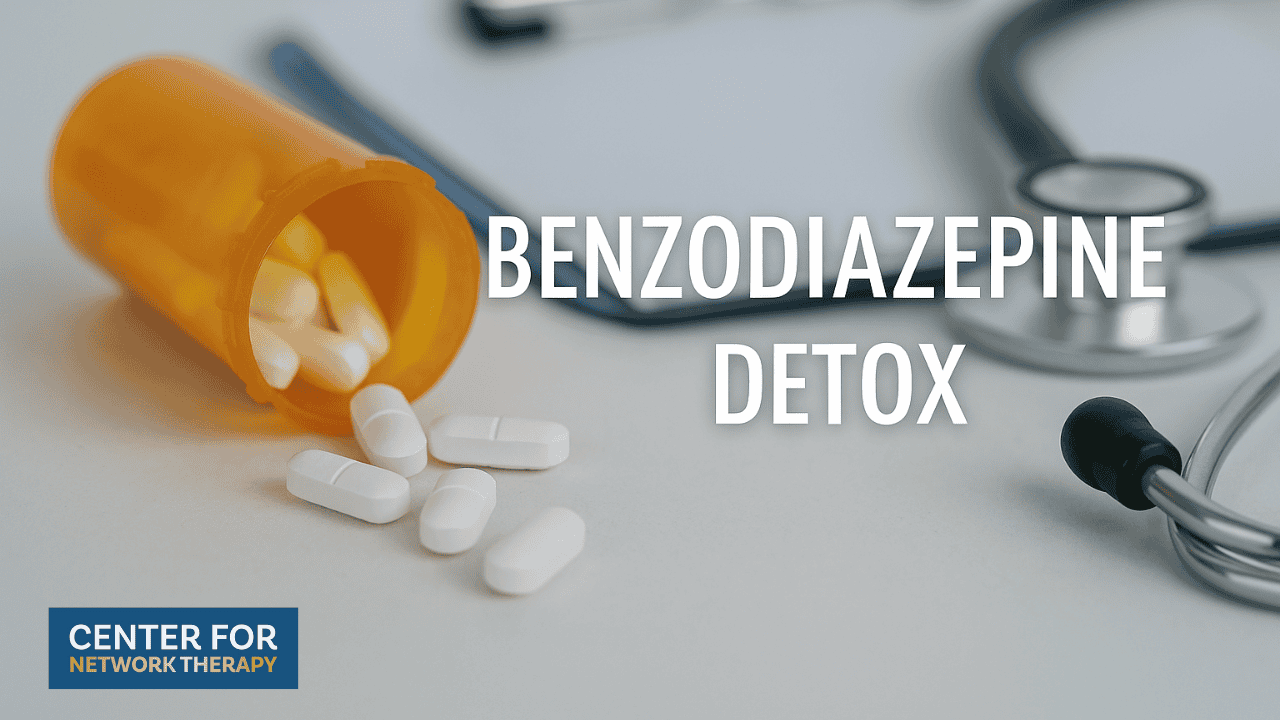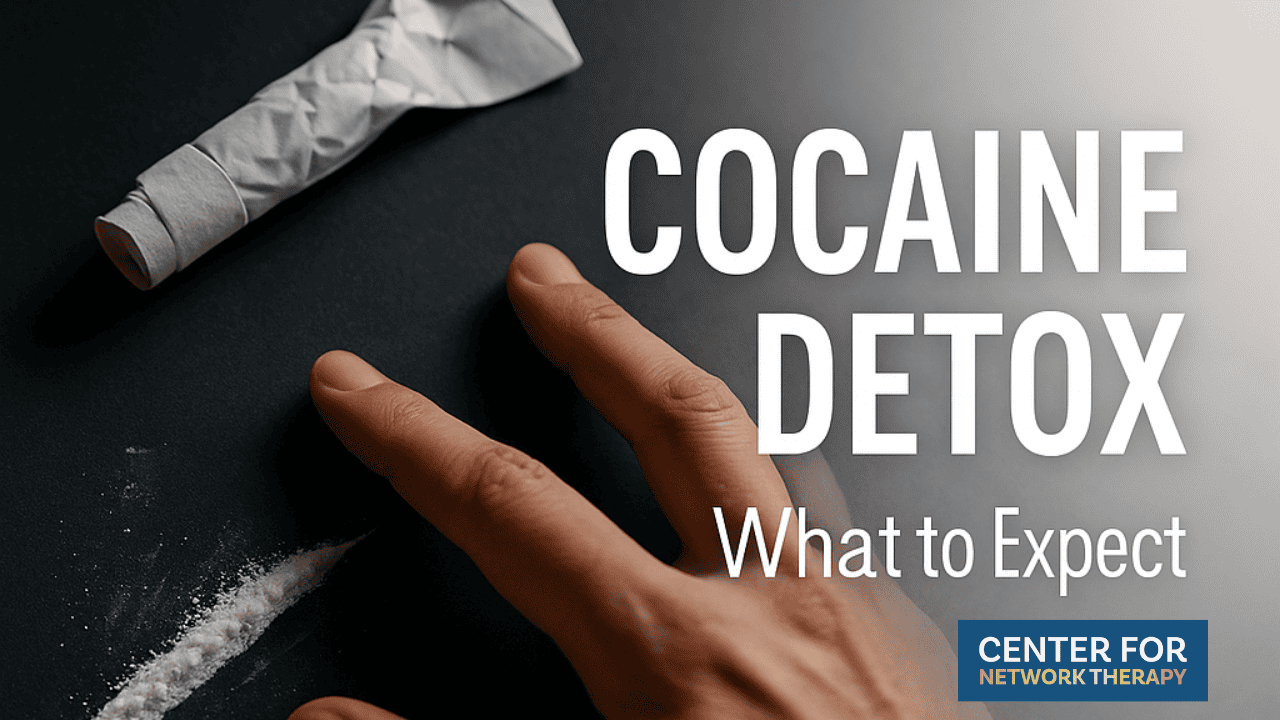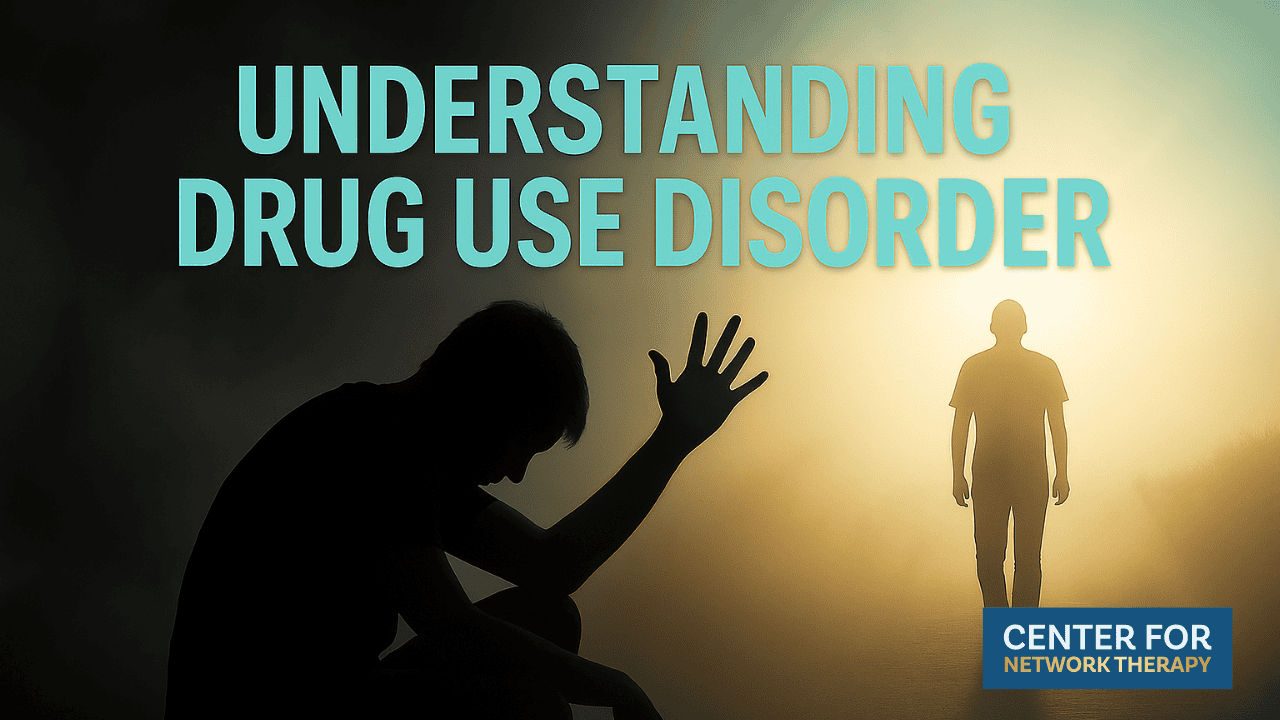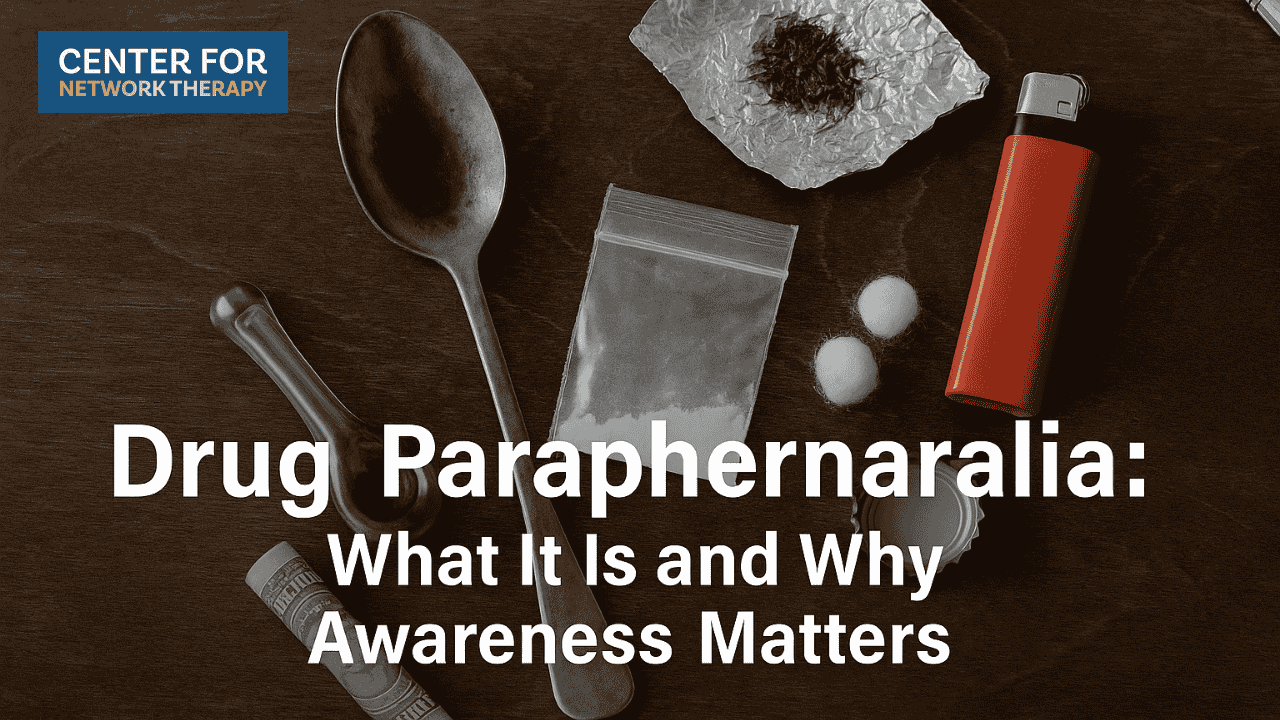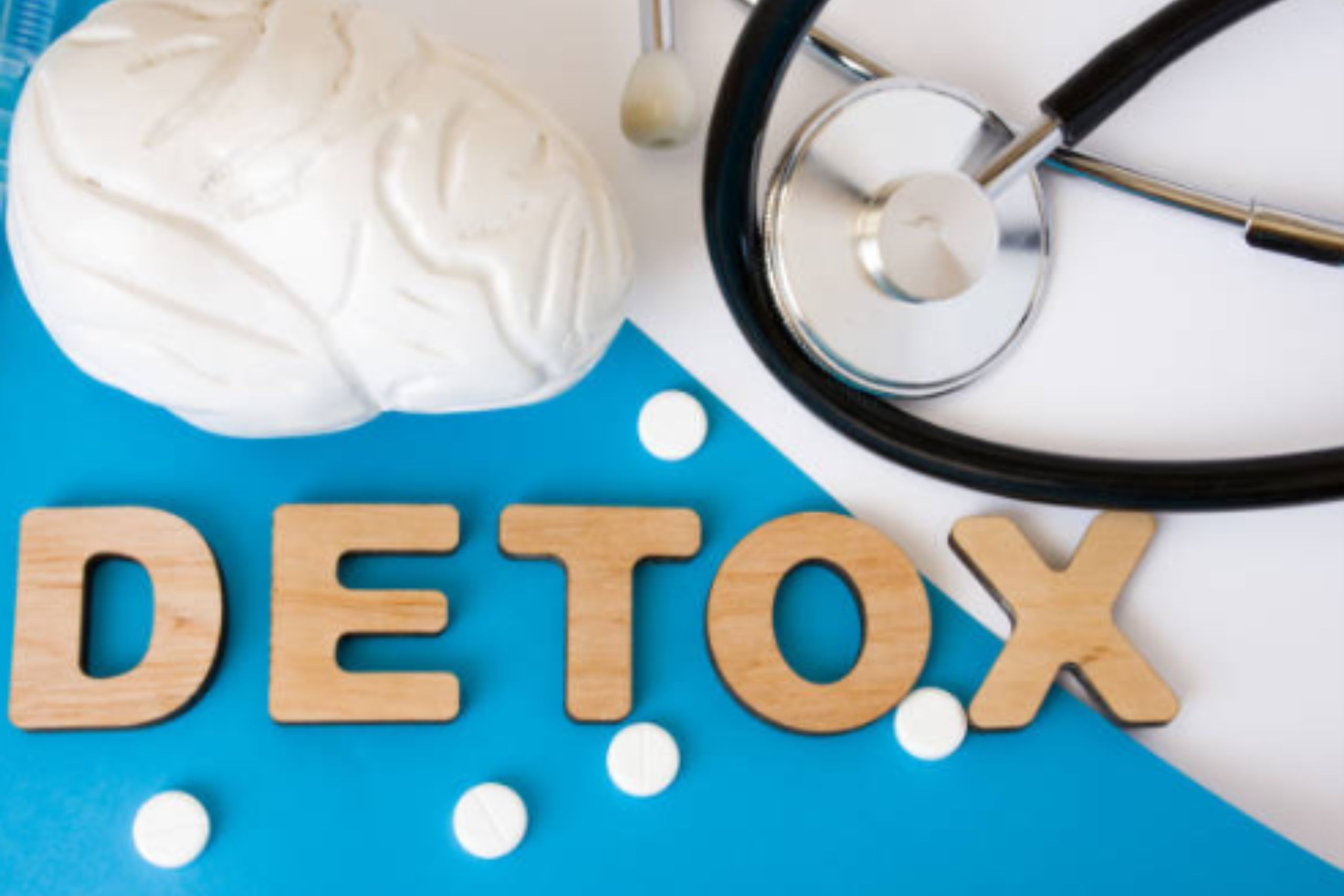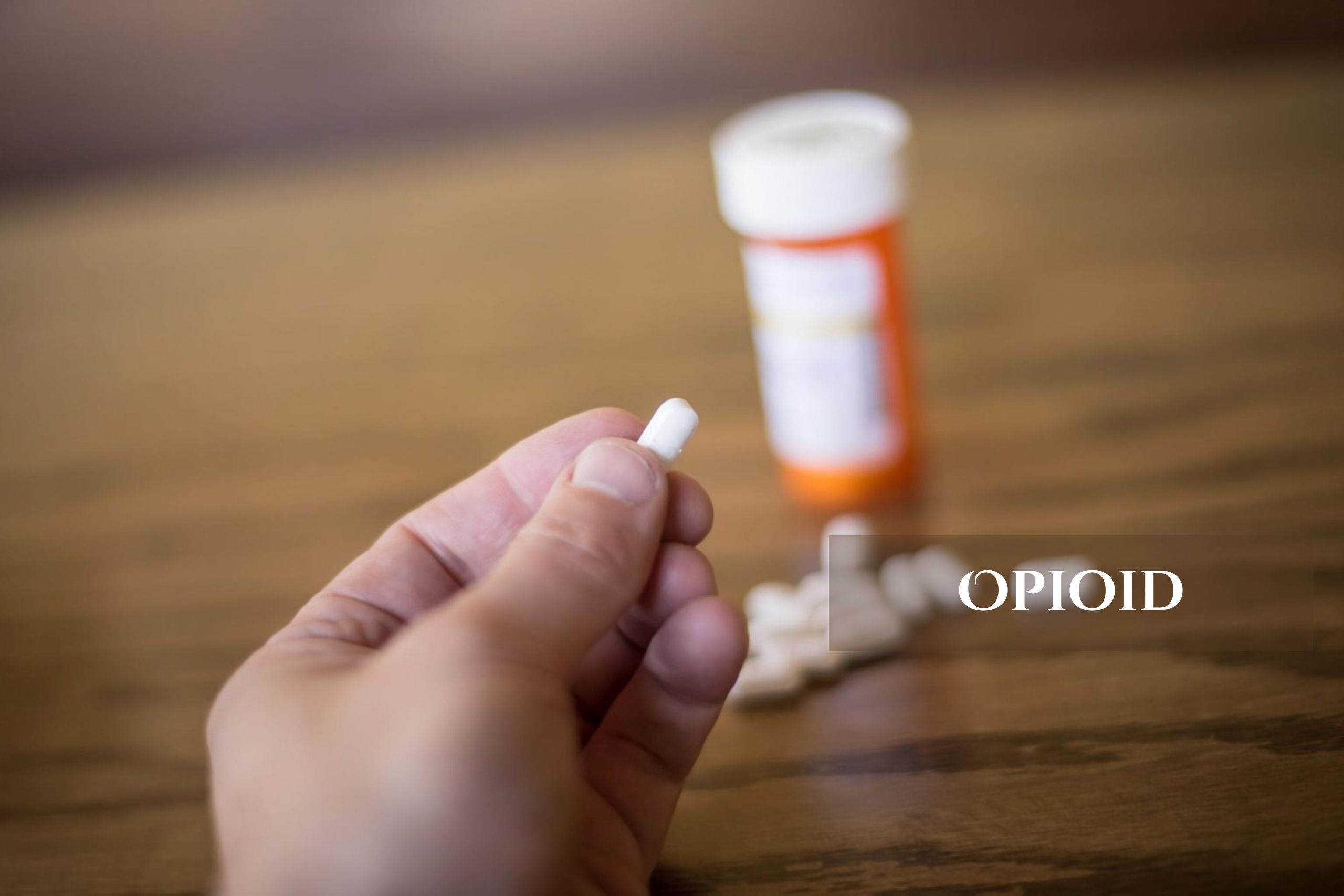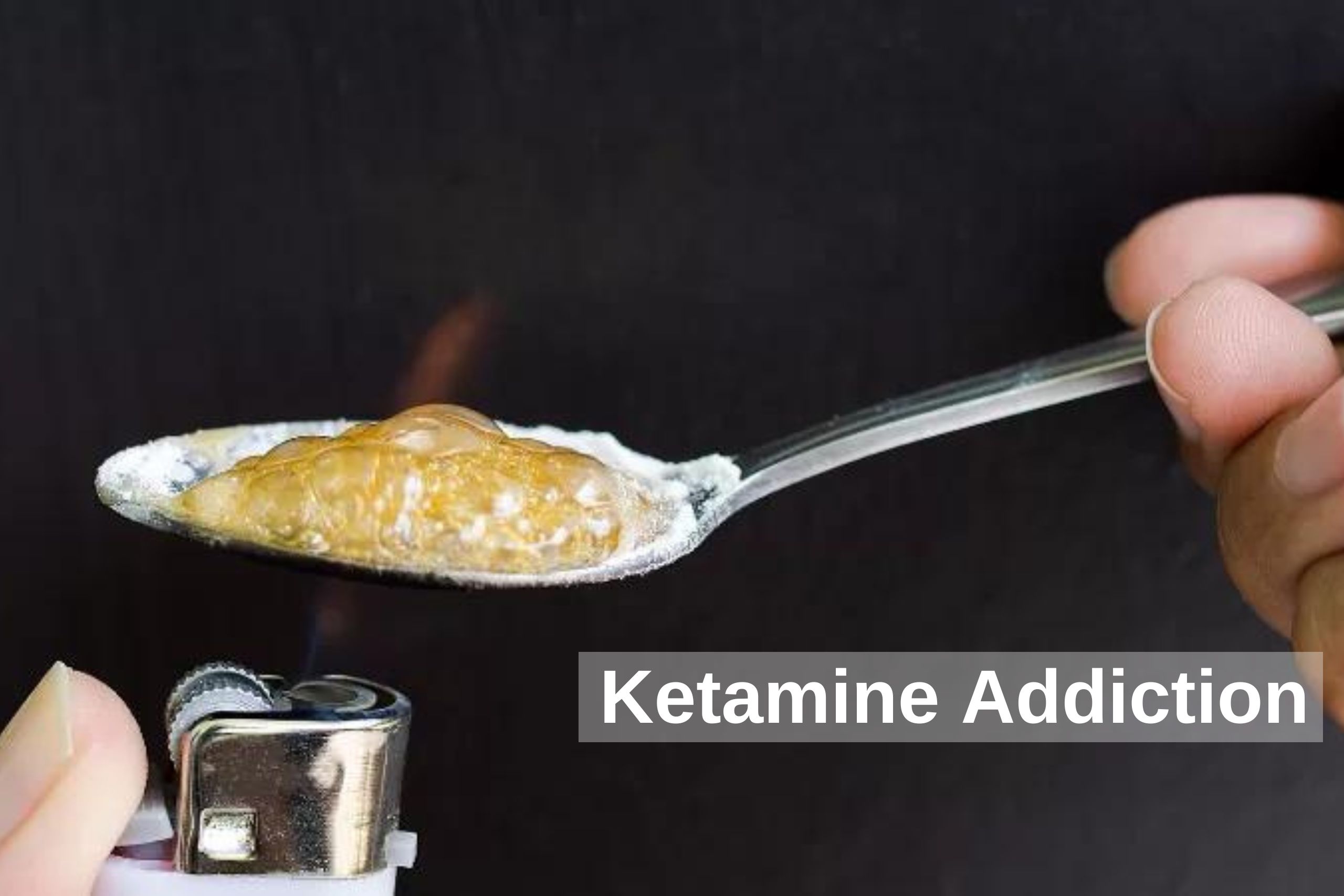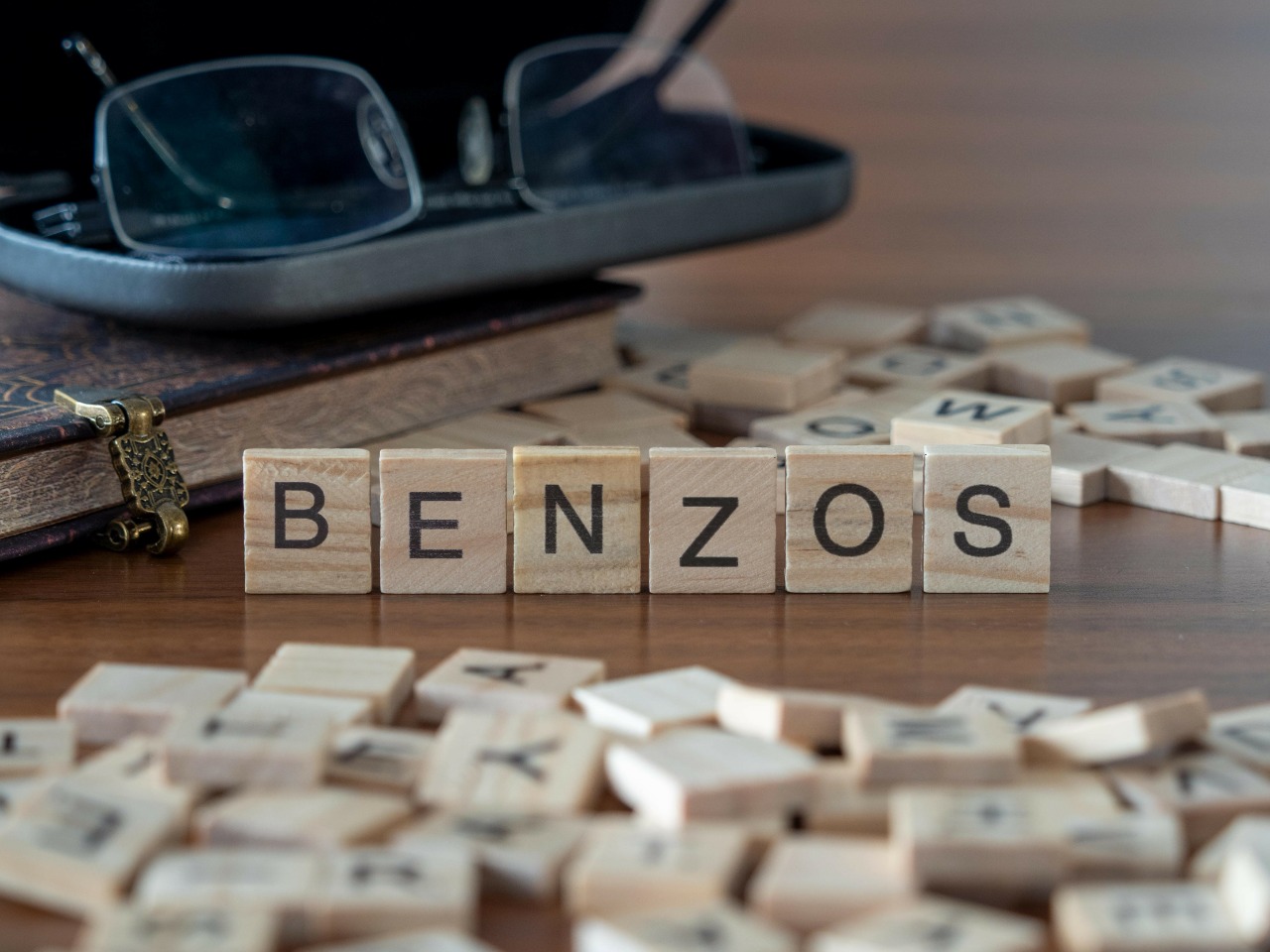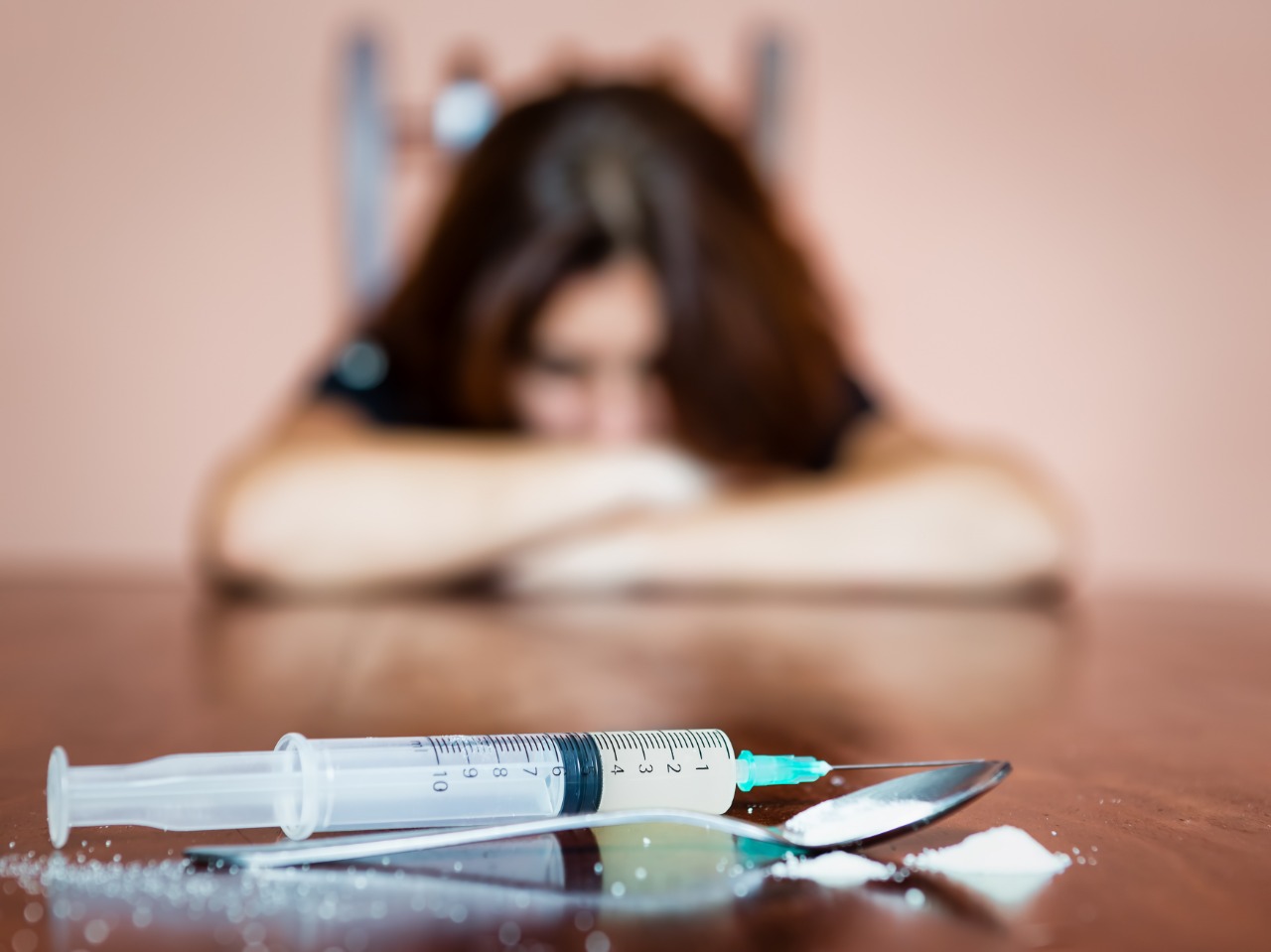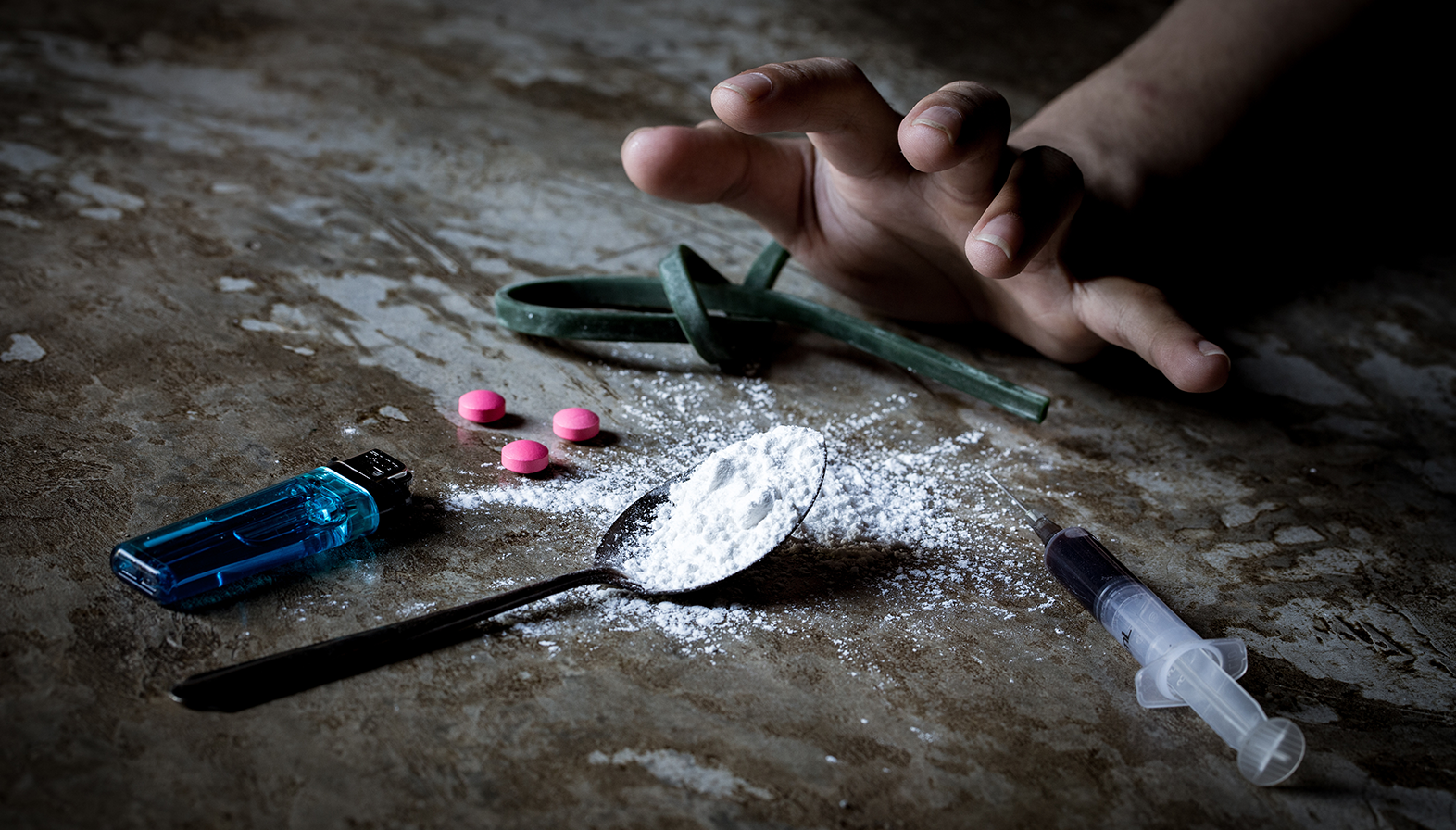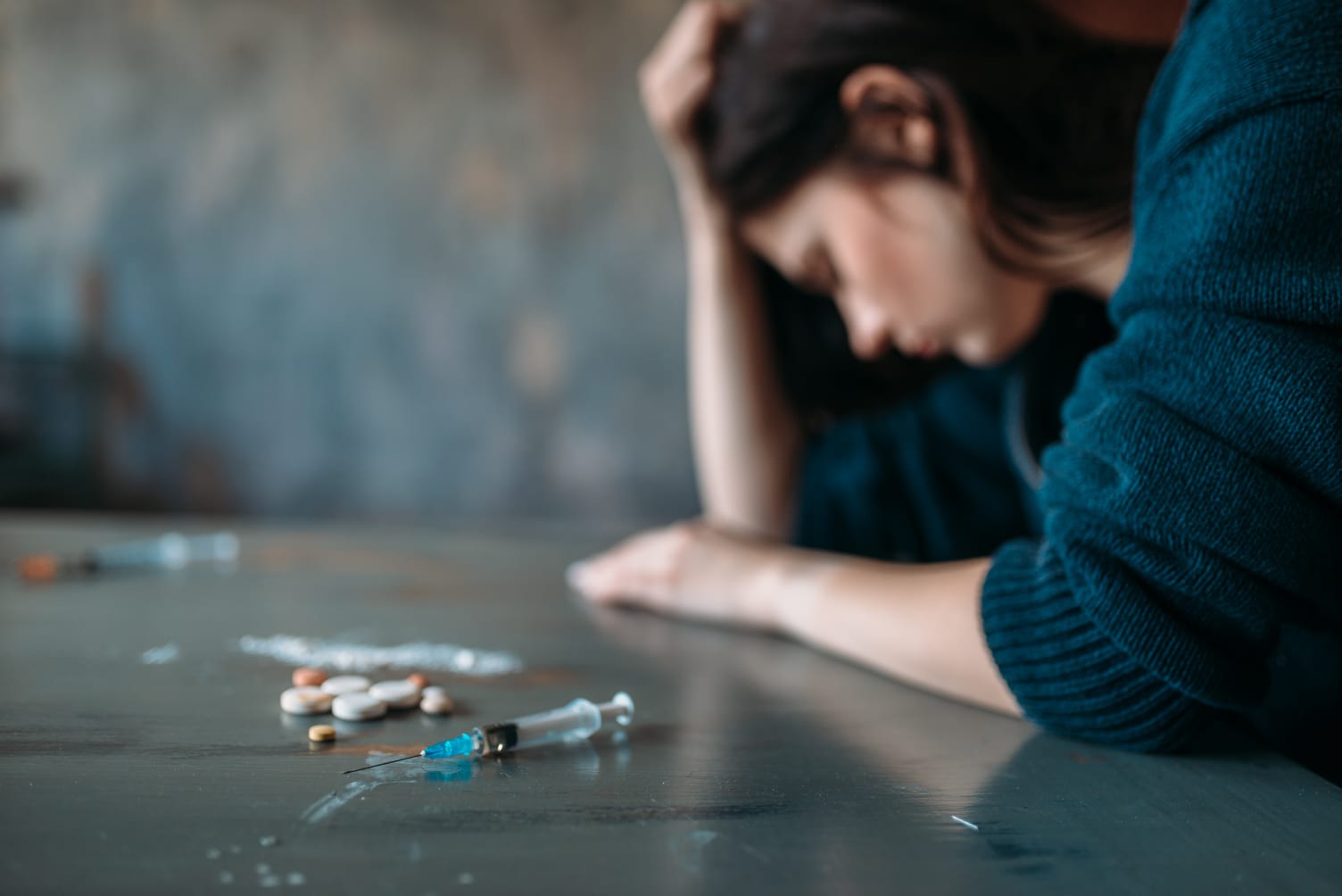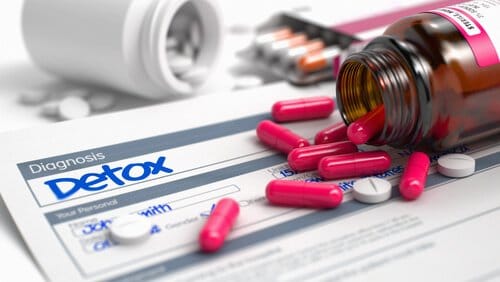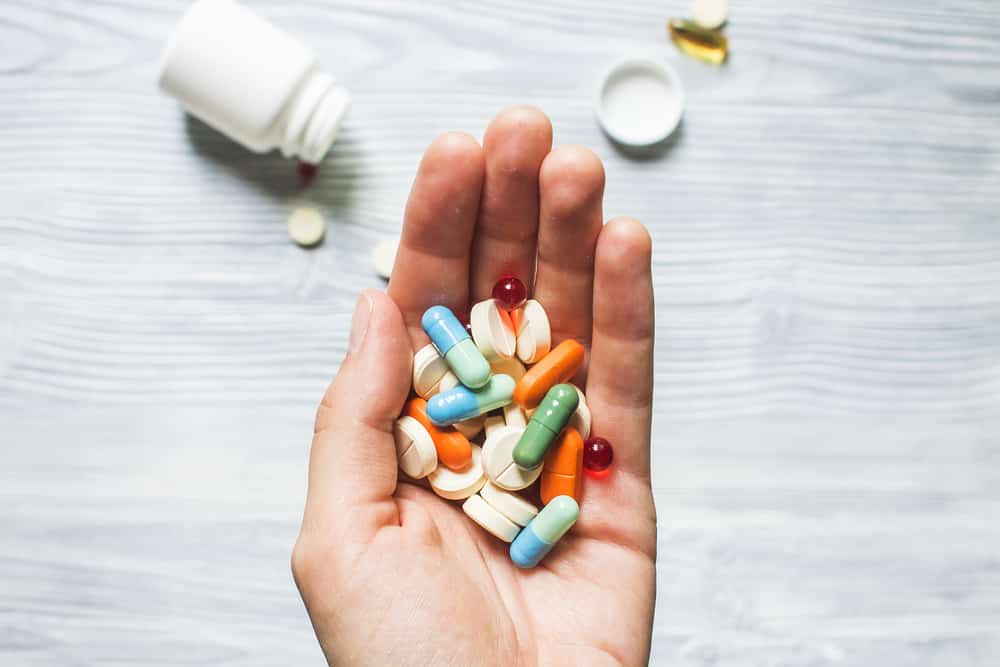When we talk about substance use, we often focus on the substances themselves; but what about the tools that surround them?
Drug paraphernalia refers to any equipment, product, or accessory that is used to produce, conceal, or consume illicit drugs. Recognizing these items can be crucial for early intervention and support, especially for parents, caregivers, and loved ones trying to help someone who may be struggling with substance use.
In this guide, we’ll break down common types of paraphernalia, what they might indicate, and what steps to take if you encounter them.
Table of Contents
ToggleWhat Is Considered Drug Paraphernalia?
Drug paraphernalia includes any item that supports the use, preparation, or concealment of drugs. While some items may seem ordinary, their context and condition often tell a different story.
Common examples include:
- Pipes or bowls (glass, metal, wood, or ceramic)
- Syringes or needles (used for injecting drugs like heroin or meth)
- Rolling papers or cigar wrappers (for smoking marijuana or blunts)
- Small spoons or bottle caps (often used to prepare drugs for injection)
- Aluminum foil (may be used for smoking or inhaling vapors)
- Plastic baggies or vials (used to store small quantities of drugs)
- Straws or hollowed pens (used for snorting powdered drugs)
- Burnt spoons, lighters, or cotton balls (signs of opioid or crack cocaine use)
It’s important to note that some of these items have legitimate, legal uses. Context matters.
Why Identifying Paraphernalia Matters?
Understanding what paraphernalia looks like can be a key step in identifying a possible substance use issue early on.
- Early Detection: Spotting drug-related tools might be the first sign that someone is using regularly.
- Health & Safety: Certain tools (like used needles or burnt foil) pose immediate physical risks, including infections and accidental exposure.
- A Starting Point for Conversation: Recognizing these items can open the door for a supportive, non-confrontational discussion about substance use.
What to Do If You Find Drug Paraphernalia?
Finding these items can be unsettling; and often, they’re just one part of a larger pattern. If you’re wondering what other signs to look for, especially changes in behavior or mood, this guide on recognizing drug use in loved ones may help you connect the dots.
In the meantime, here are a few steps you can take:
- Stay Calm: Avoid jumping to conclusions. Keep the focus on care and understanding.
- Document What You See: Take note of where and when the item was found.
- Start a Conversation: If it’s safe and appropriate, gently approach the person involved with concern rather than accusation.
- Seek Professional Guidance: Contact a treatment provider, counselor, or recovery center to discuss the next steps.
- Prioritize Safety: Never handle syringes or sharp objects without protection. Consider contacting local health services for safe disposal.
The Role of Outpatient Detox in Recovery
At the Center for Network Therapy (CNT), we understand that recognizing the signs is just the beginning. Our outpatient detox programs provide medical support and flexibility for individuals ready to take the next step in recovery.
Unlike inpatient programs, outpatient detox allows individuals to stay connected to their responsibilities, work, family, and daily life, while receiving care under medical supervision.
Whether someone is struggling with opioids, stimulants, alcohol, or cannabis-related issues, professional help can make a critical difference.
Learn More
If you suspect a loved one may be using drugs, educating yourself is a powerful first step. For more information on substance use, recovery options, and how outpatient detox works, visit our Resource Center or contact us.
Sources:
- DEA: Drug Paraphernalia
- CDC: Harm Reduction
- National Institute on Drug Abuse: Commonly Used Drugs and Their Health Risks
Note: This blog is intended to provide guidance and support for anyone seeking to better understand substance use and the tools that often accompany it. If you or someone close to you is facing challenges related to drug use, know that help is available; and recovery is possible with the right support.




